Balitraveldiary.com – Balinese traditional houses have an attraction to be known as additional knowledge and insight. Coupled with the philosophy contained in the traditional Balinese house building. Not only used for everyday life. However, it is also intended as a means for carrying out worship activities and traditional ceremonies.
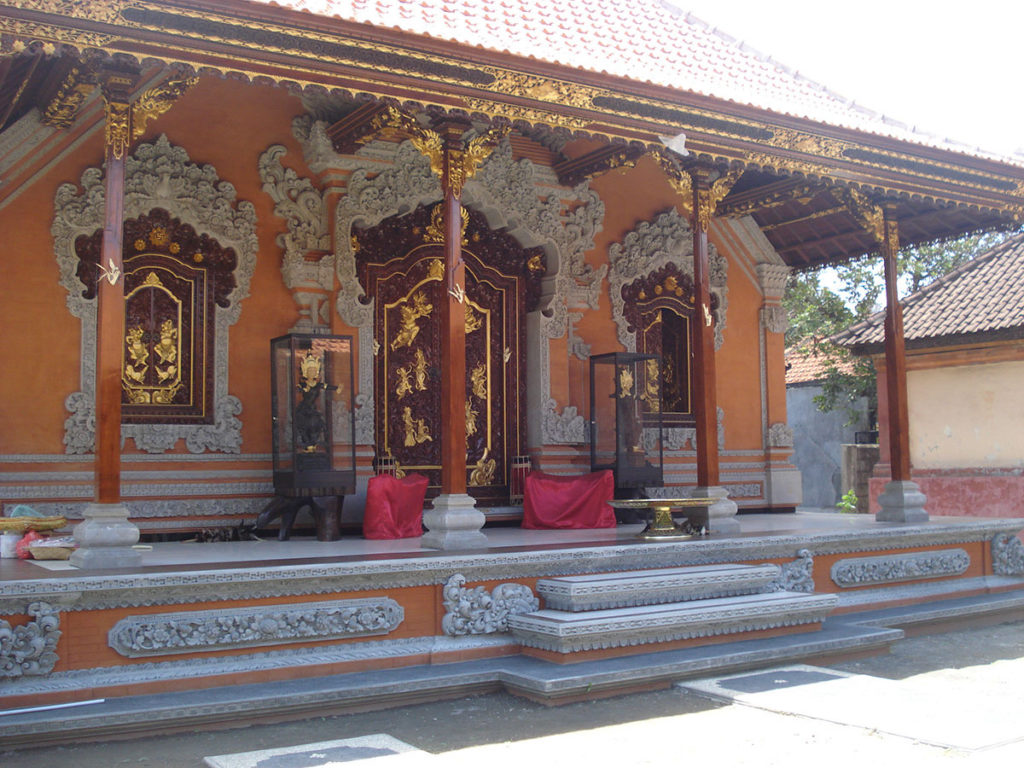
The uniqueness and philosophy contained in the traditional Balinese house is brought about by the building which was built with various aspects in mind. The aspects in it are taken from the philosophy of the Balinese people. Dynamic life will be achieved with a harmonious relationship between aspects of Palemahan, Pawongan, and Parahyangan.
This aspect of Balinese philosophy is called Tri Hita Karana. These three aspects have meanings, namely Palemahan means good relations between the occupants of the house and the environment. Pawongan means the harmonious relationship of the occupants of the house with others. Parahyangan means a balanced relationship between humans and God Almighty.
The Uniqueness of Balinese Traditional House Architecture is Interesting to Know
In the book Indonesian Traditional Houses (2010), D.C. Tyas said that traditional Balinese houses were built using the asta kosala kosali rules. A rule that is more or less the same as the use of feng shui in Chinese culture. That way, it should not be careless in the construction of the house.
The construction of traditional houses in Bali uses the Asta Kosala Kosali rules which are used as guidelines. These rules are used starting from the technique of measuring the area of the building to the offerings used during building ceremonies. An undagi or traditional architect in Bali must be clear about these guidelines.
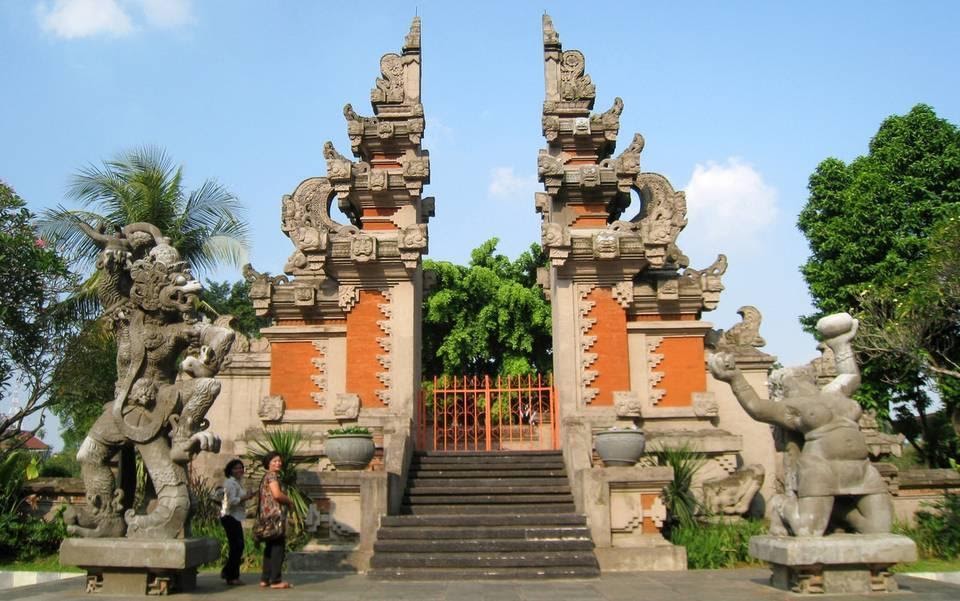
Asta kosala kosali, launched from the Ministry of Education and Culture of the Republic of Indonesia, is applied using the anatomy of the human body. Namely, the owner of the house or land for the arrangement of residential land. Using the anatomy of the body of the homeowner, it is calculated by body size and does not use international units.
Building a traditional Balinese house by measuring it using the anatomy of the body can be done when acengkang or aleangkat. The measurement is from the tip of the index finger to the thumb of the outstretched hand, and so on. There are carvings or decorations on traditional house buildings in Bali that make them more unique and have their own characteristics.
In the architecture of Balinese traditional houses, there are many Hindu religious values that are reflected. Some of the uniqueness of Balinese traditional houses and how they look interesting are as follows:
- Traditional houses in Bali have many separate buildings according to their function.
- The size of the traditional Balinese house has many meanings
- The shape of the traditional house of the people in Bali is rectangular or square
- There are three aspects of traditional houses in Bali, namely Parahyangan, Pawongan, and Palemahan.
- The architecture of the traditional Balinese house is based on the rules of asta kosala kosali which is similar to feng shui
- At the entrance to traditional houses in Bali, there is a gate called Gapura Bentar. Shaped like two twin temples facing each other accompanied by carvings and reliefs.
The name of the Balinese traditional house and its function
Famous for its unique building or architecture by incorporating aspects and philosophical values, making Balinese traditional houses interesting to know. The characteristics and uniqueness of each part of the traditional house in Bali certainly has a different name and function. The following is a review and discussion of the name and function of the architecture:
- Angkul-Angkul Building
A visit to Bali will definitely see and find angkul-angkul buildings that are identical to houses in Balinese society. Shaped similar to Candi Bentar or Gapura Candi Bentar. The location of the building is in front of the house building and has a function as an entrance or gate to enter.
Has a connecting roof made of dry grass. However, with time and progress. So, many replace them with tiles accompanied by carvings on the walls. It adds to the impression of being attractive and stunning.
- Bale Gede Building
Bale Gede has a function as a gathering place and a place to serve Balinese food when carrying out traditional ceremonies. Located east of the main house and the floor position is higher than Bale Manten. It is rectangular in shape with a size larger than the traditional house building and there are 12 supporting pillars called sacrosa. - Bale Dauh Bangunan Building
The position of Bale Dauh is in the west and is often referred to as Loji and Tiang Sanga. Its main function is as a bed for young people and teenagers and is also used as a place to receive guests. Rectangular in shape with wooden poles, if the sum is six (sakenem), eight (sakutus or astasari), and nine (sangasari)
- Bale Manten Building
The Bale Manten building has a function as a place for unmarried girls to sleep. It is located on the north side of the traditional house and is rectangular in shape and there is a bale on the right and left. Especially occupied by the head of the family and their daughter. - Bale Building Agree
Bale Sekapat is a traditional Balinese house that functions as a place for family members to relax together. Has a characteristic on four pillars that support the roof of the house as much as four pieces. Shaped like a gazebo. - Family Temple Building
The family temple is a building used for worship and prayer. This building is also called Sanggah or Pamerajan. Located in the northeast corner of the traditional house building and every traditional house in Bali must have it. - Klumpu Jineng Building
A stilt-shaped building with a roof and outer walls covered in dry thatched is called Klumpu Jineng. Serves as a storage place for staple foods (rice, sago, corn, and so on). This building is found in only a few areas and marks the owner of a farmer’s house. Now it’s been built with sturdier materials.
Balinese traditional house as a cultural heritage that should be appreciated and preserved. By knowing the uniqueness and function of each part of the traditional Balinese house, it is hoped that you can appreciate and respect it. Well, the review above is used as material to continue to improve your insight and knowledge!

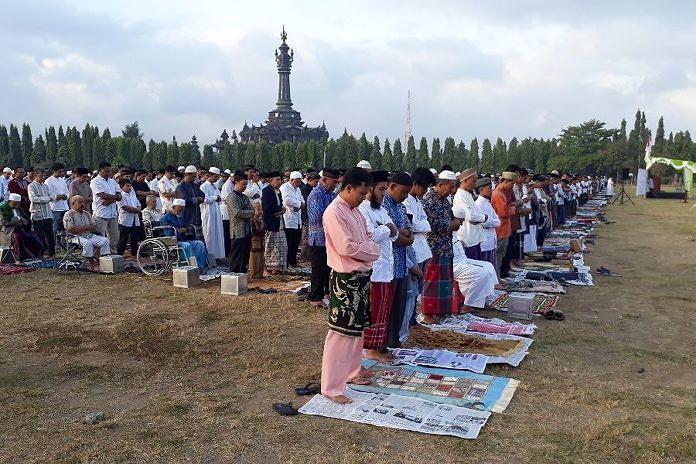
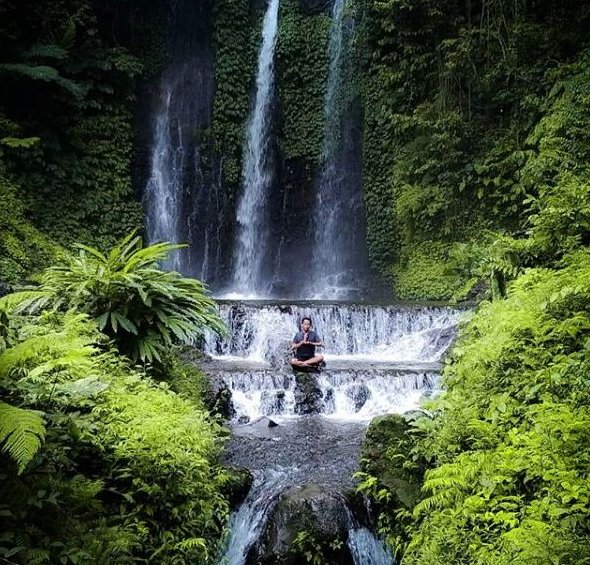

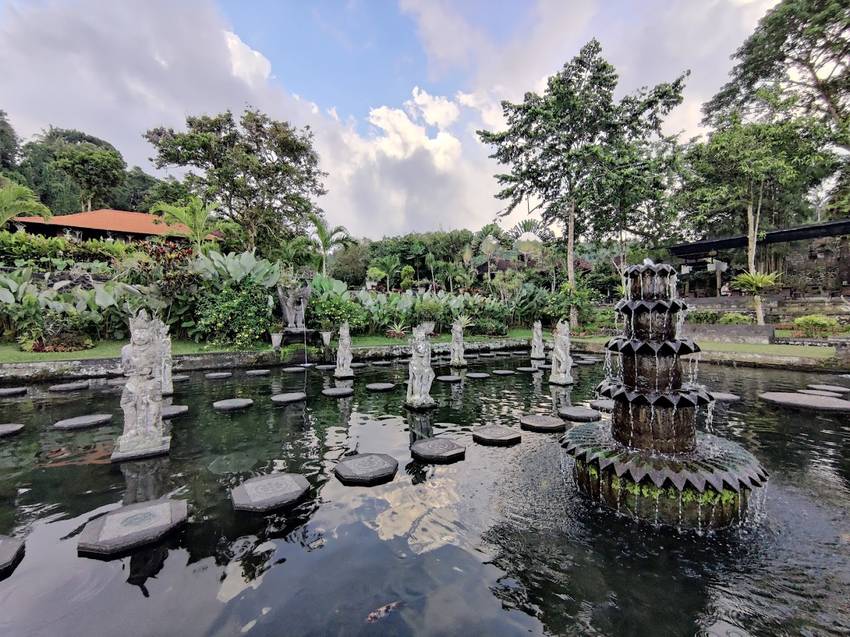
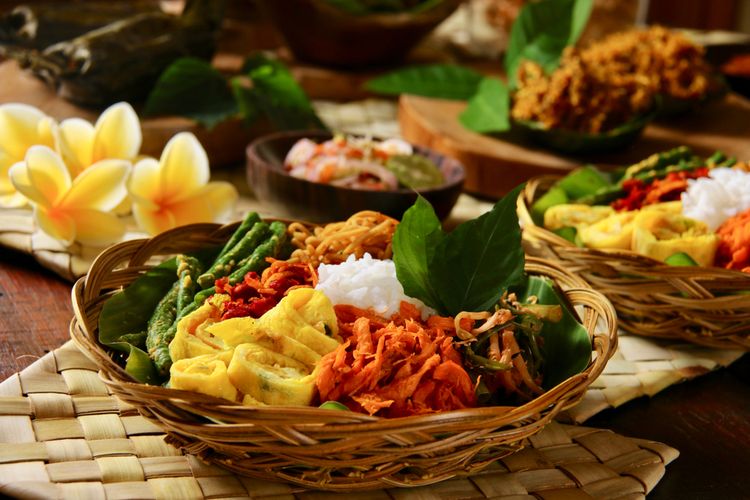

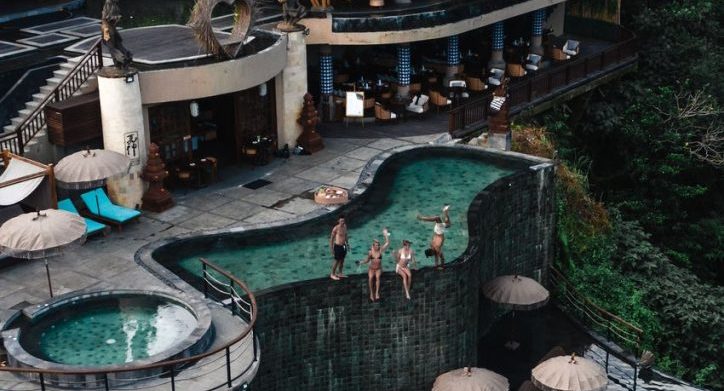


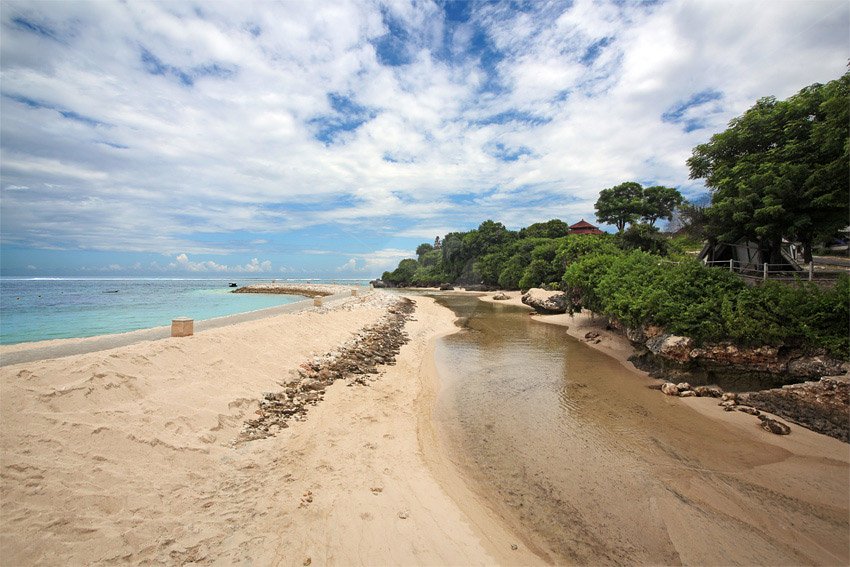


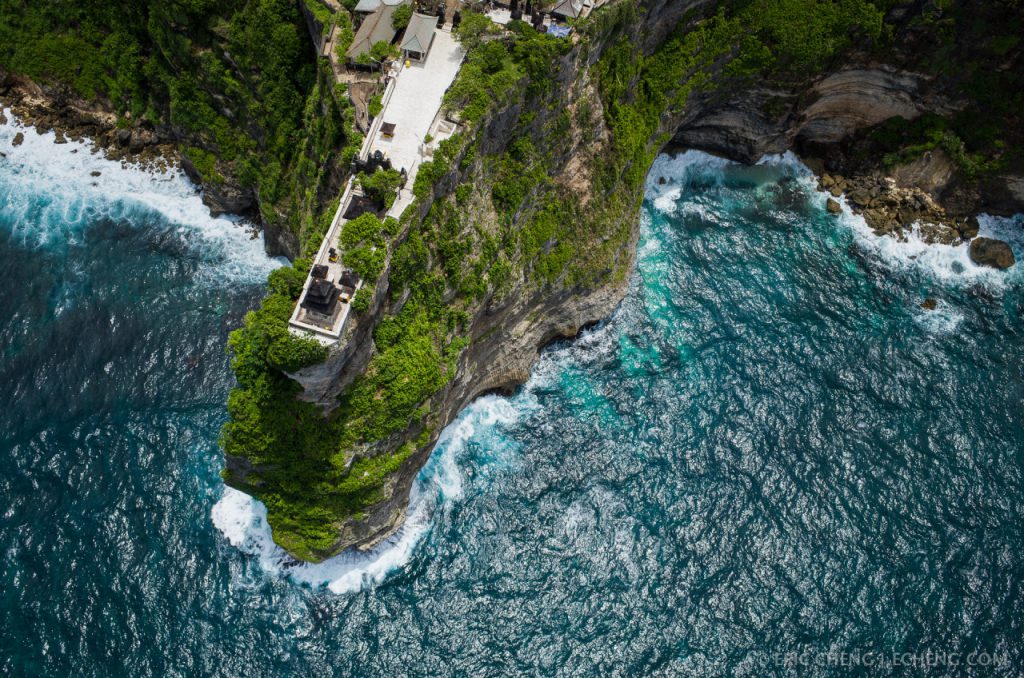


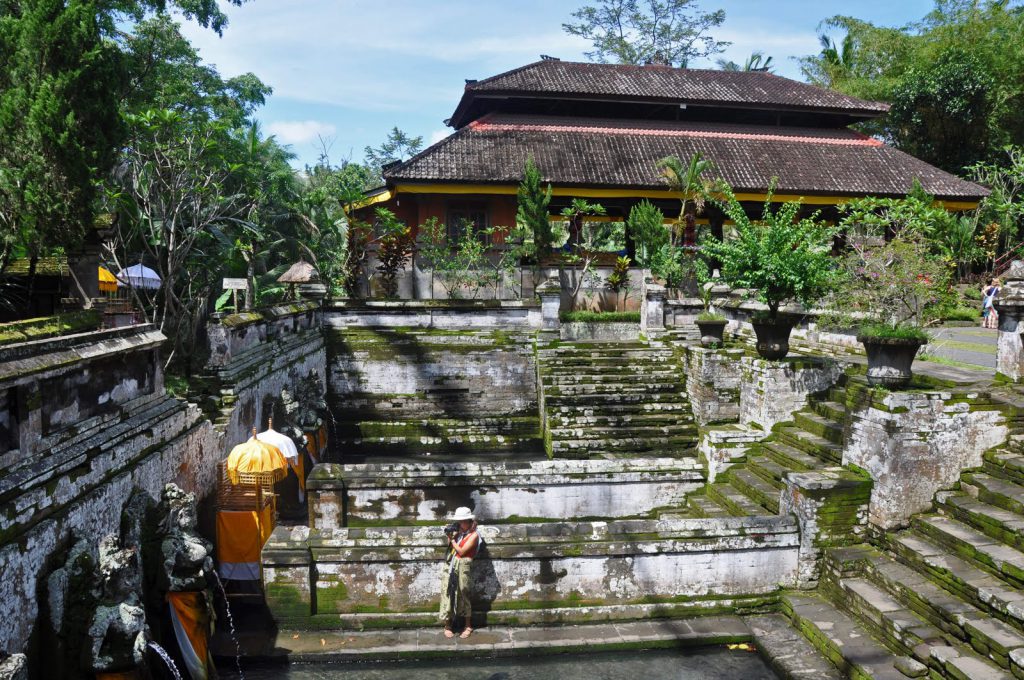

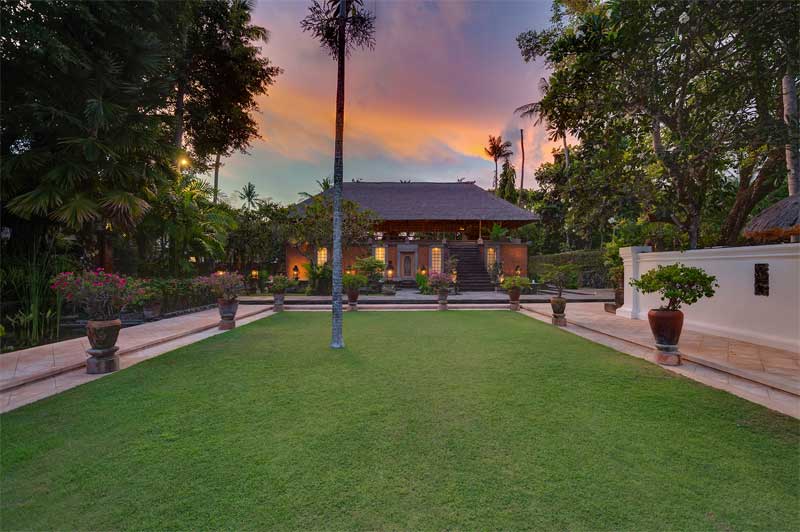

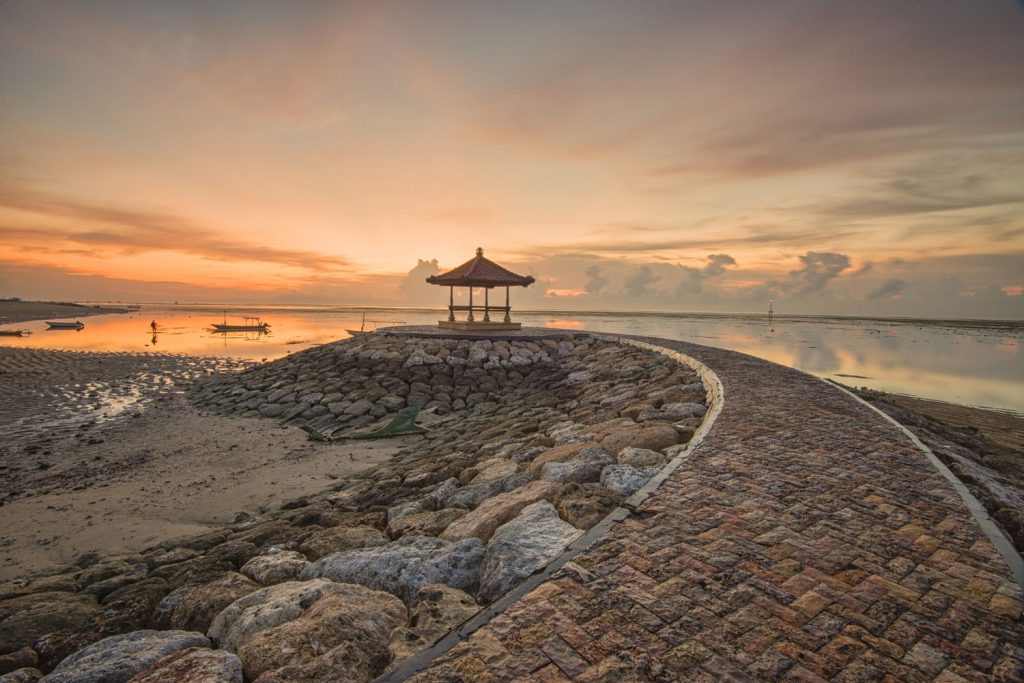
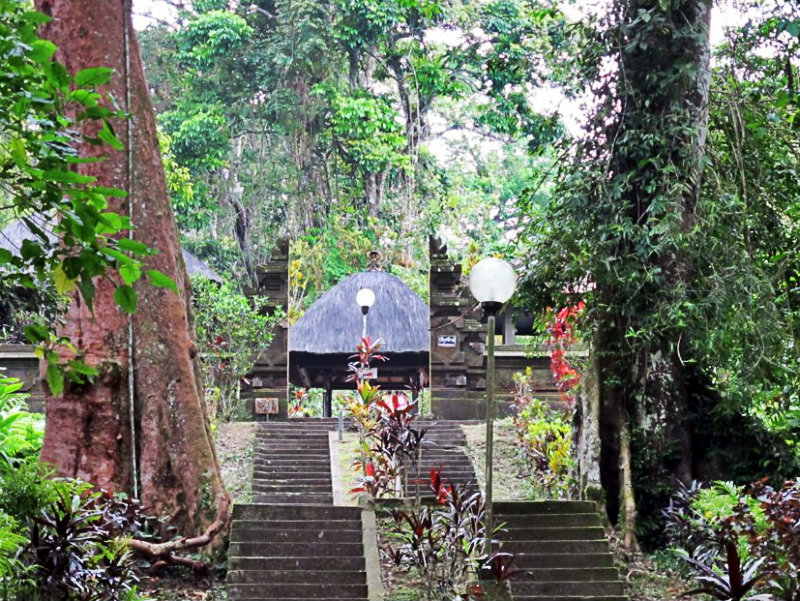






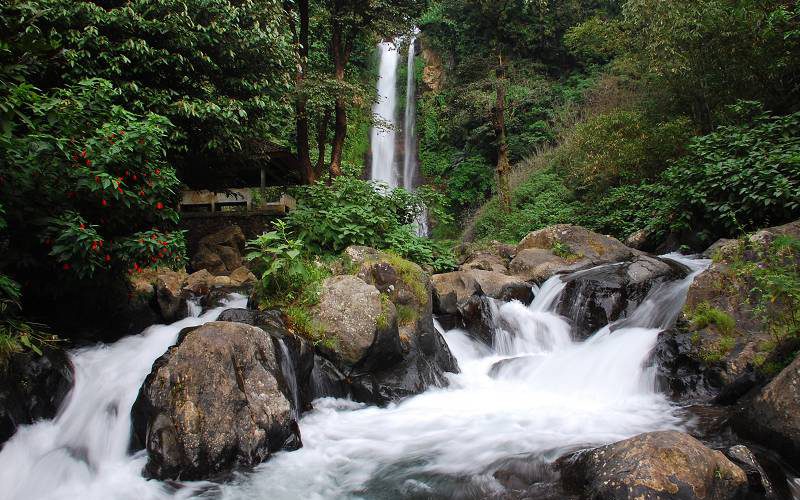



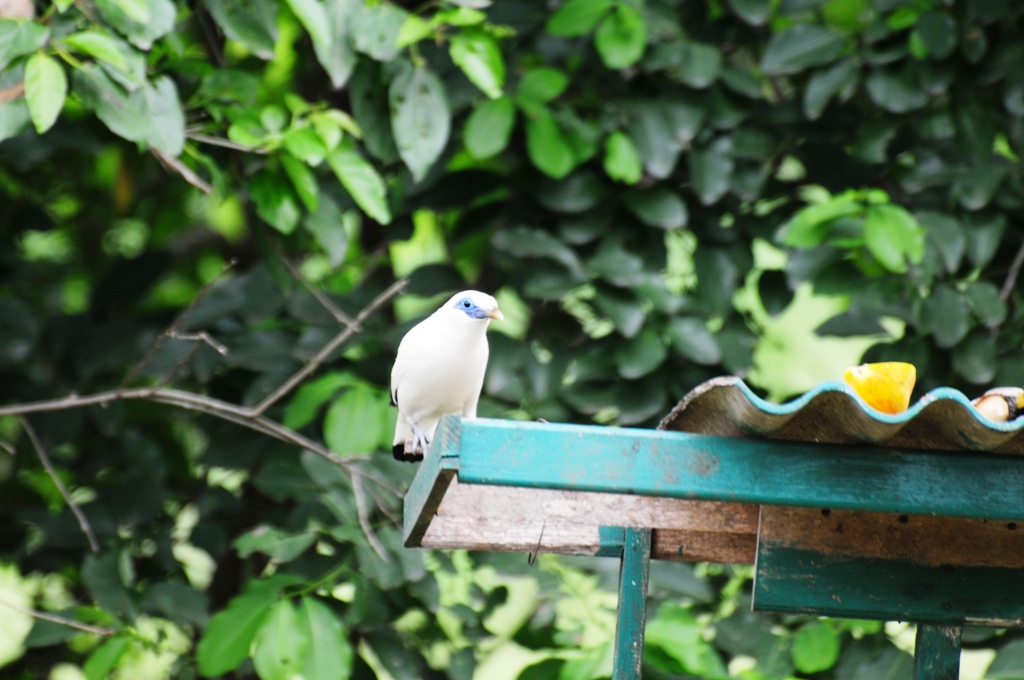



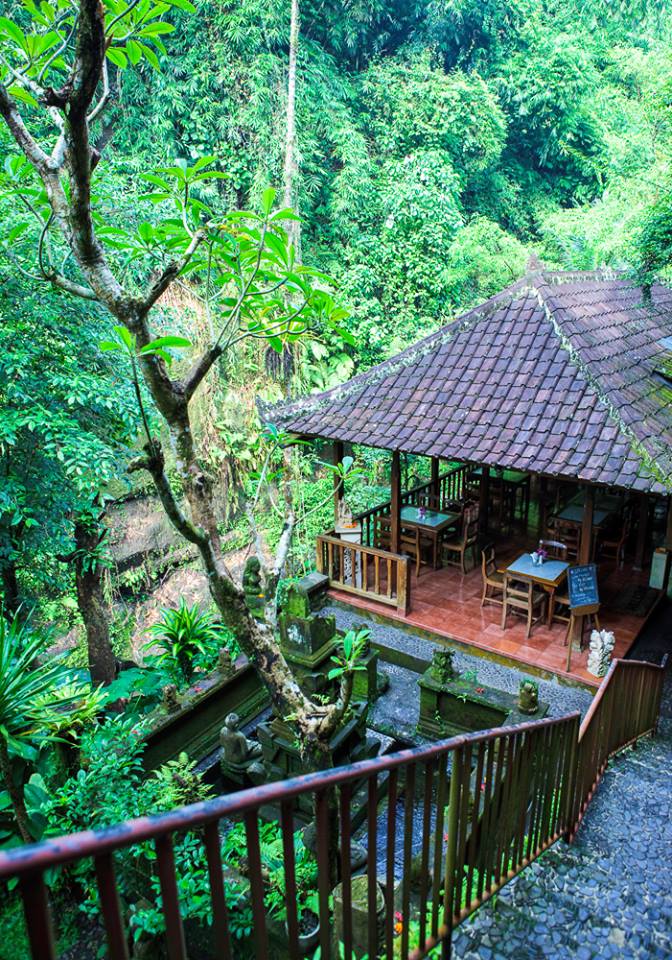
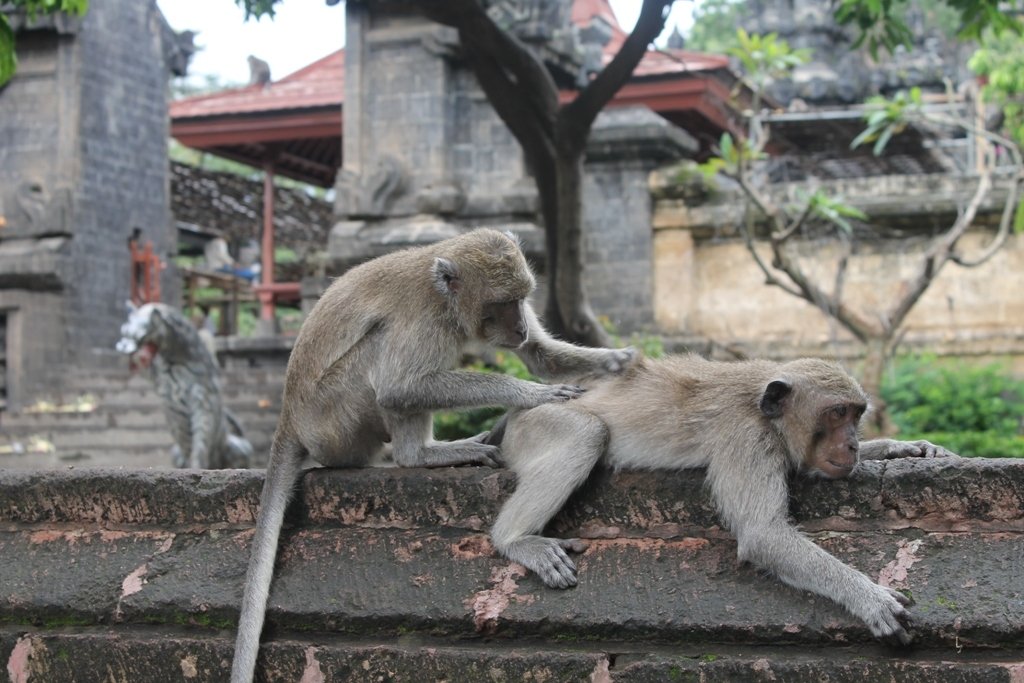

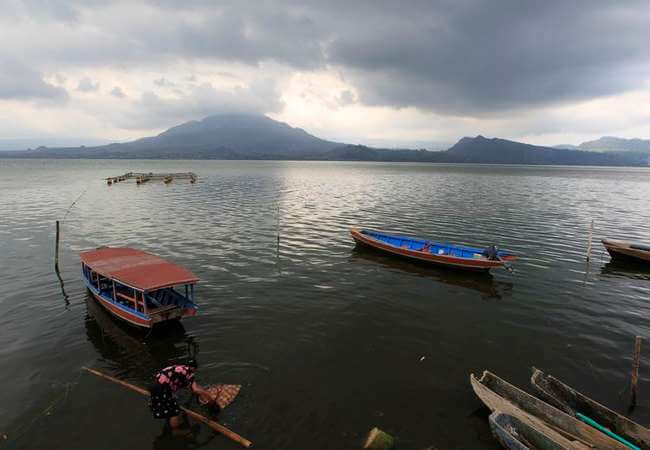


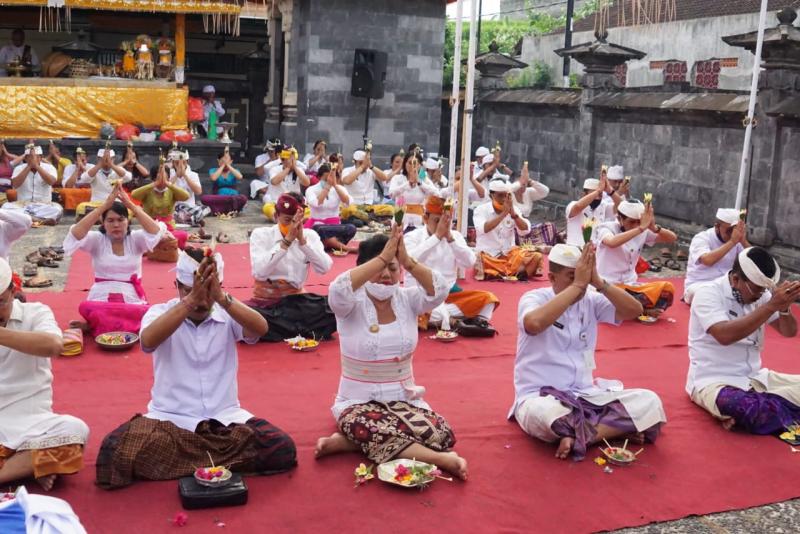

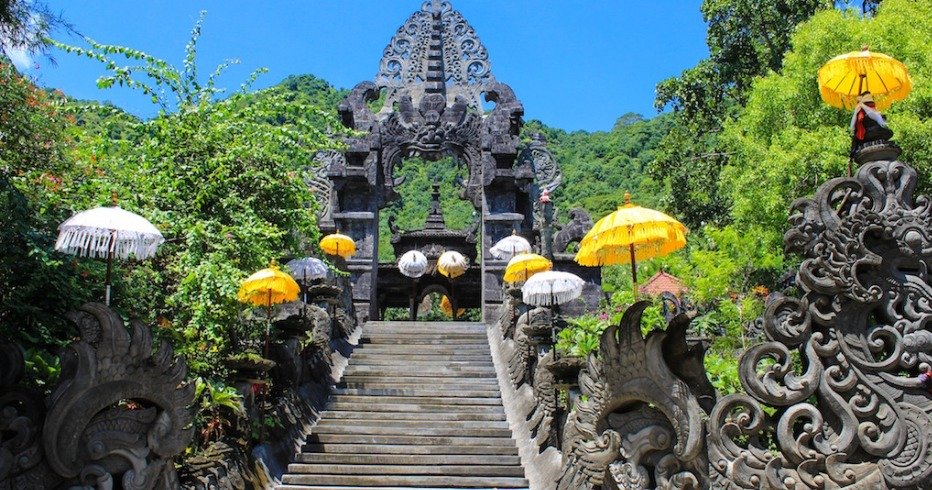
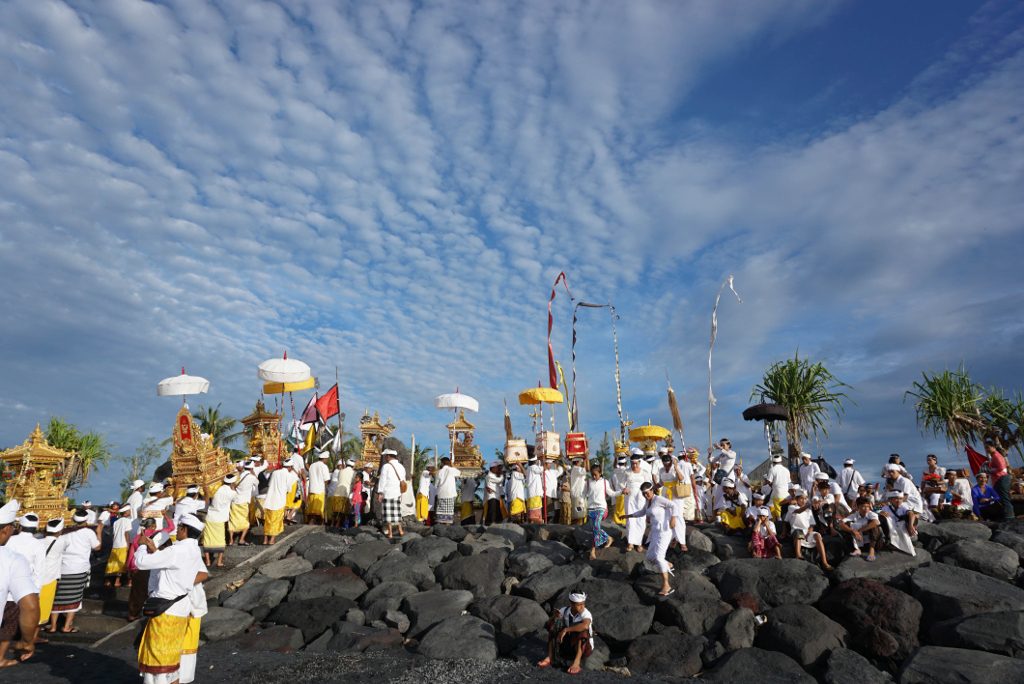
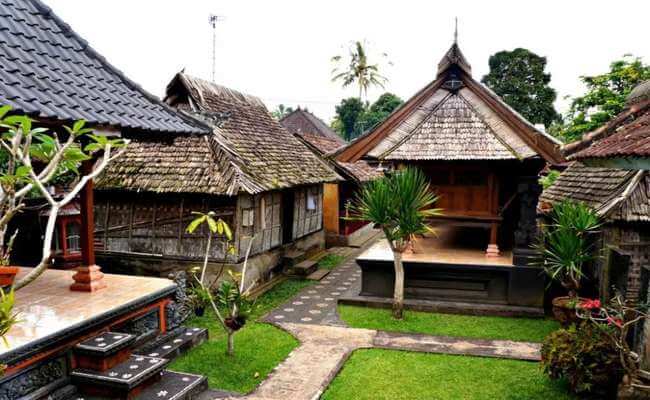

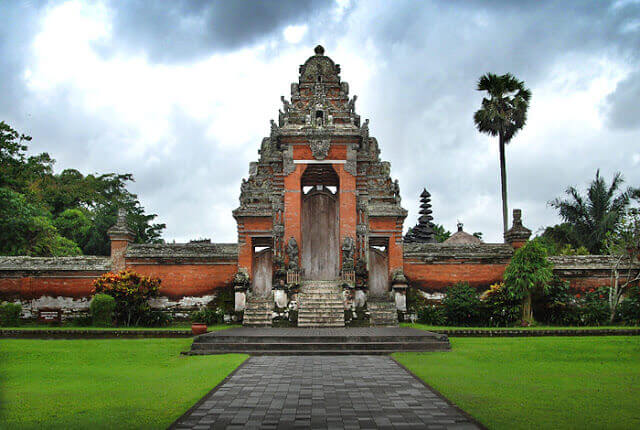
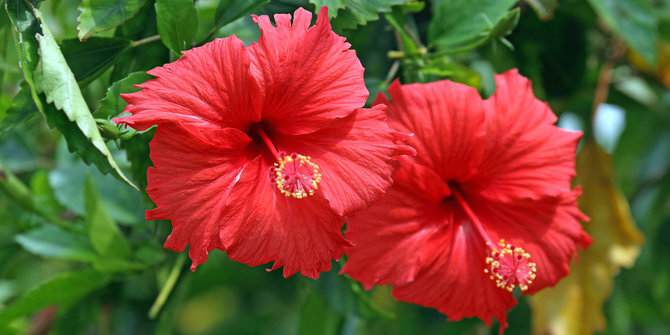


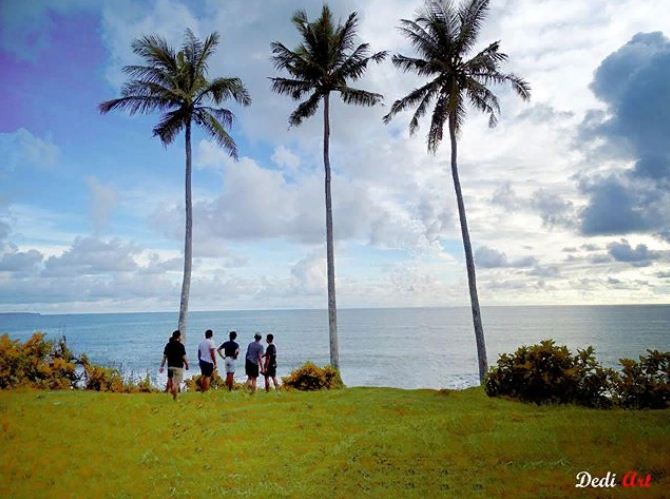
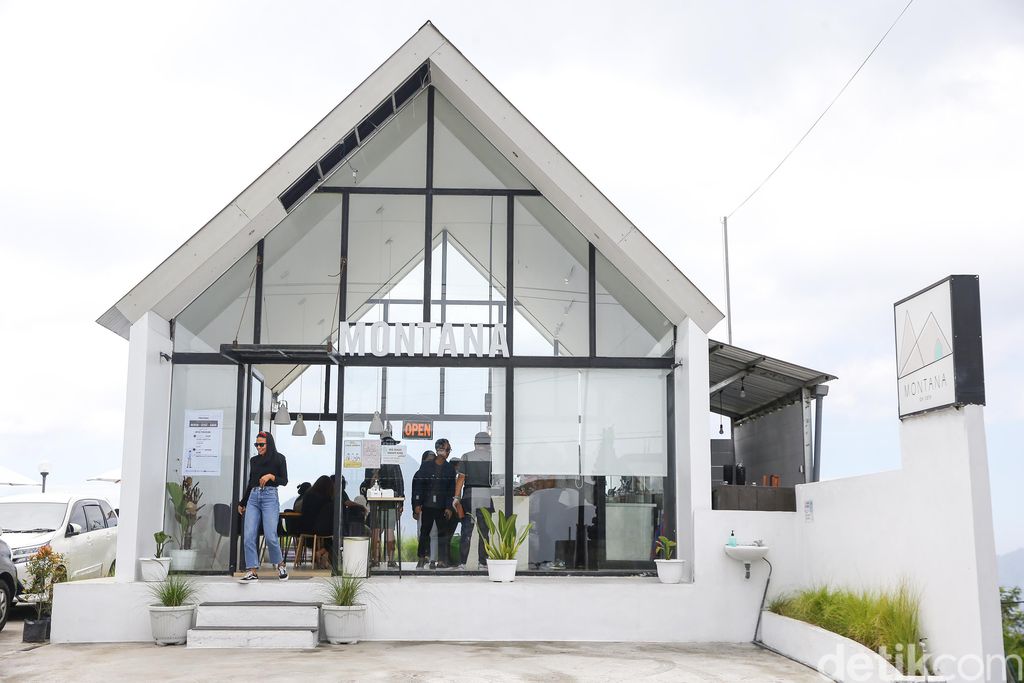



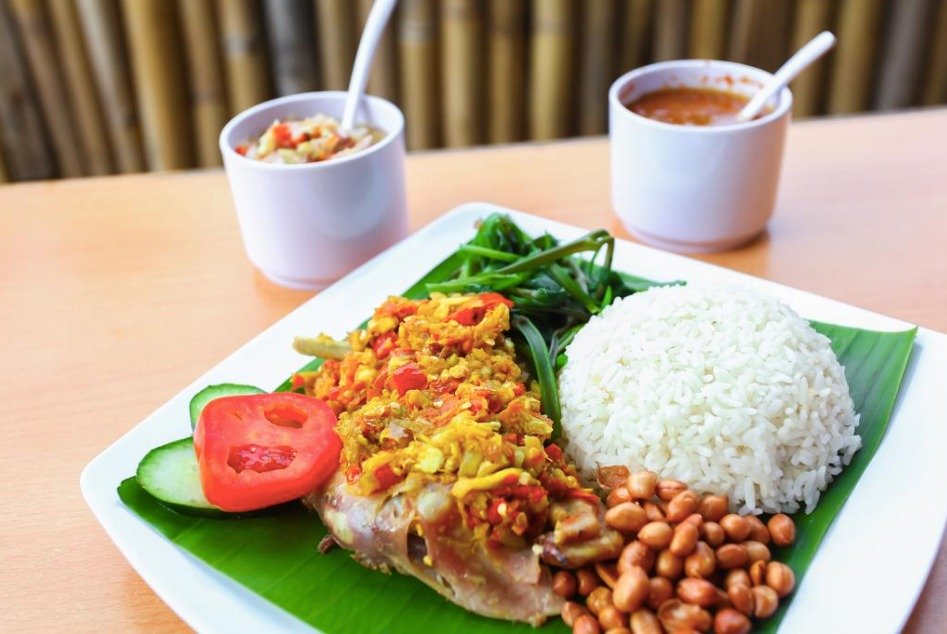


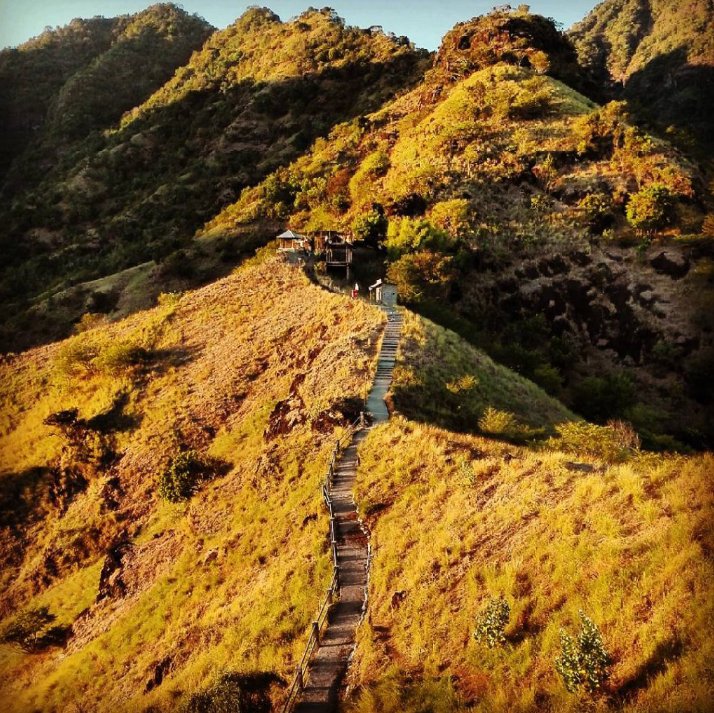
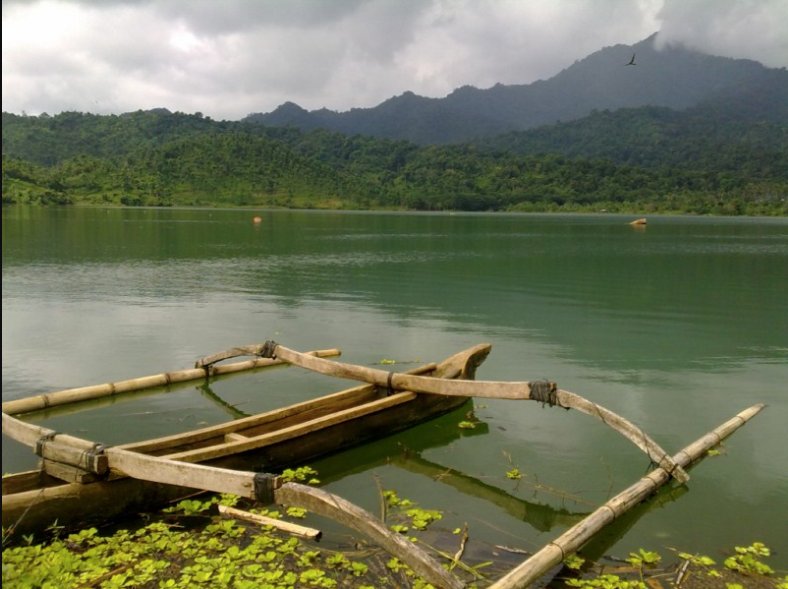



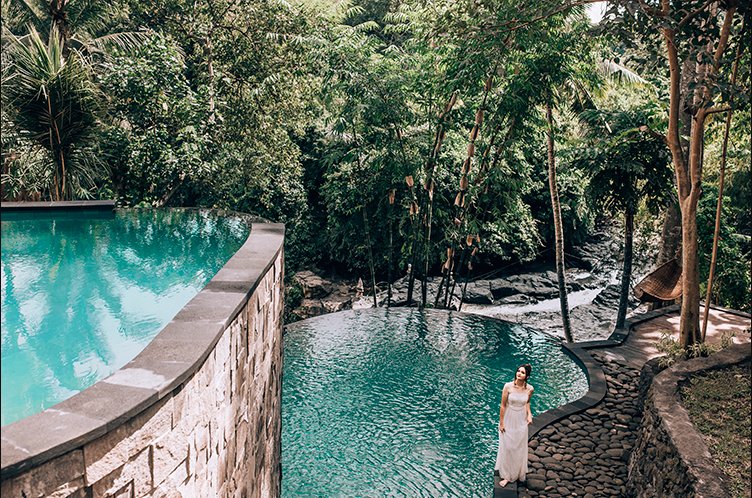

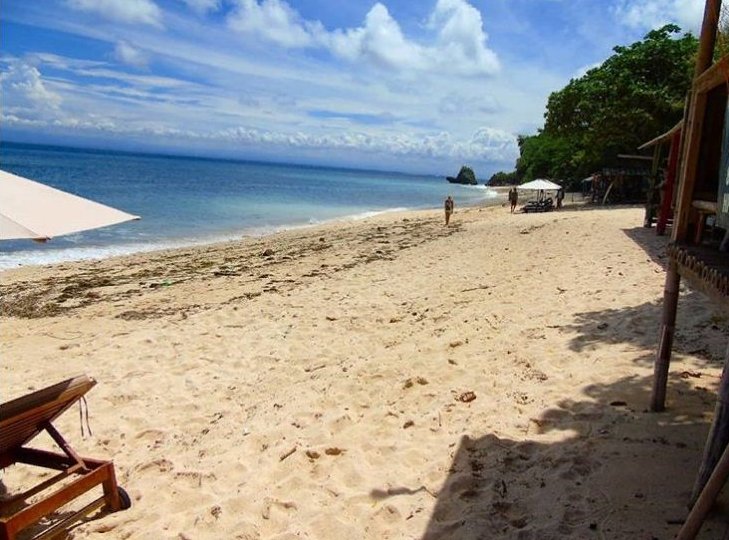
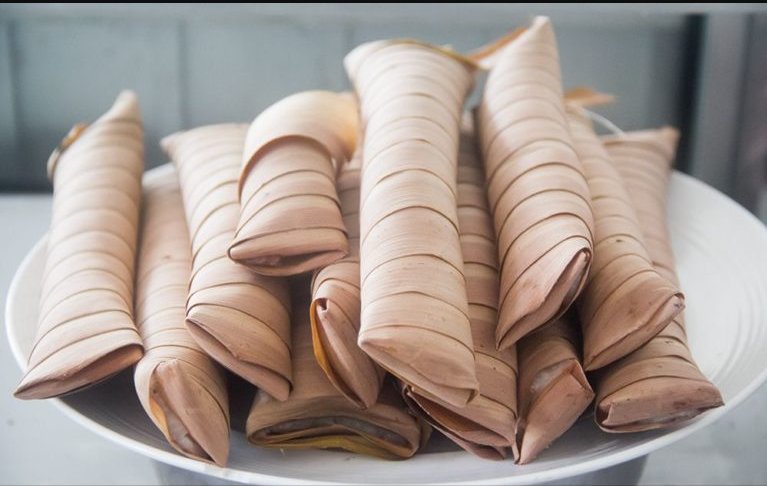


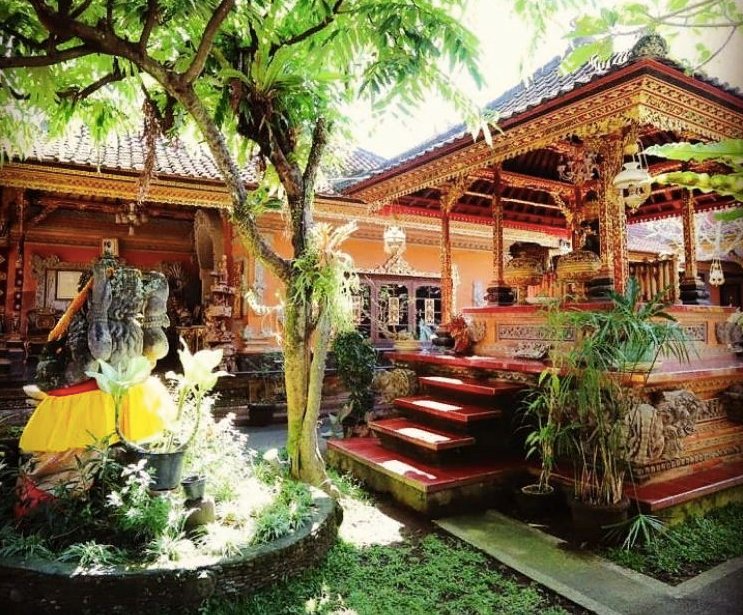






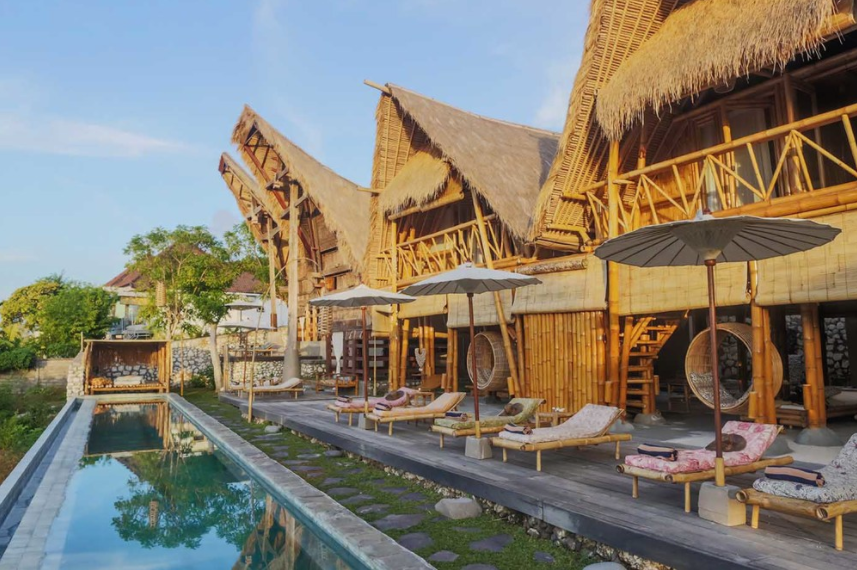
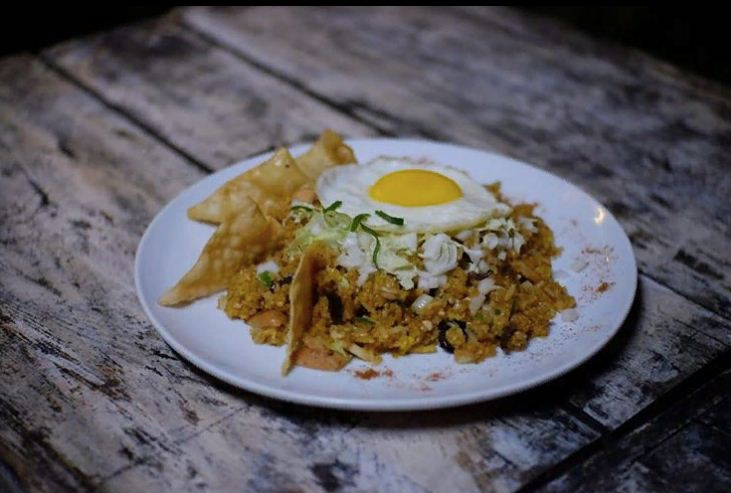
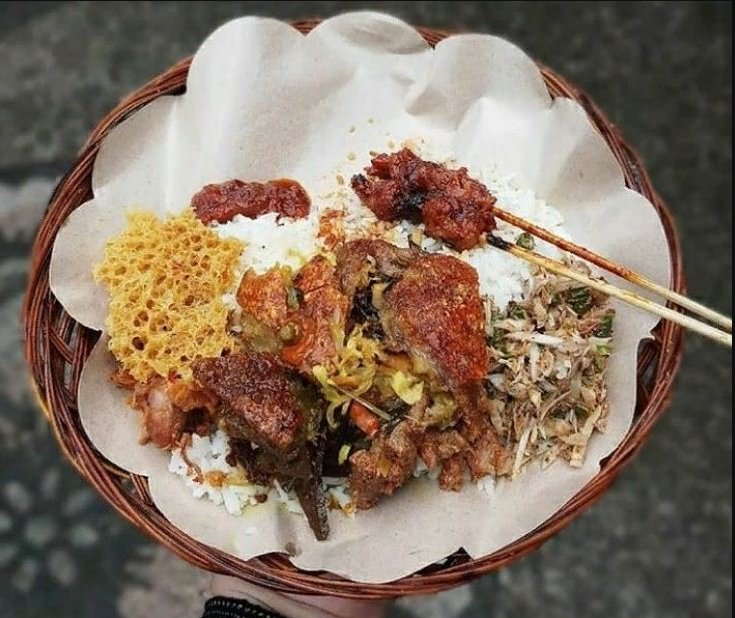



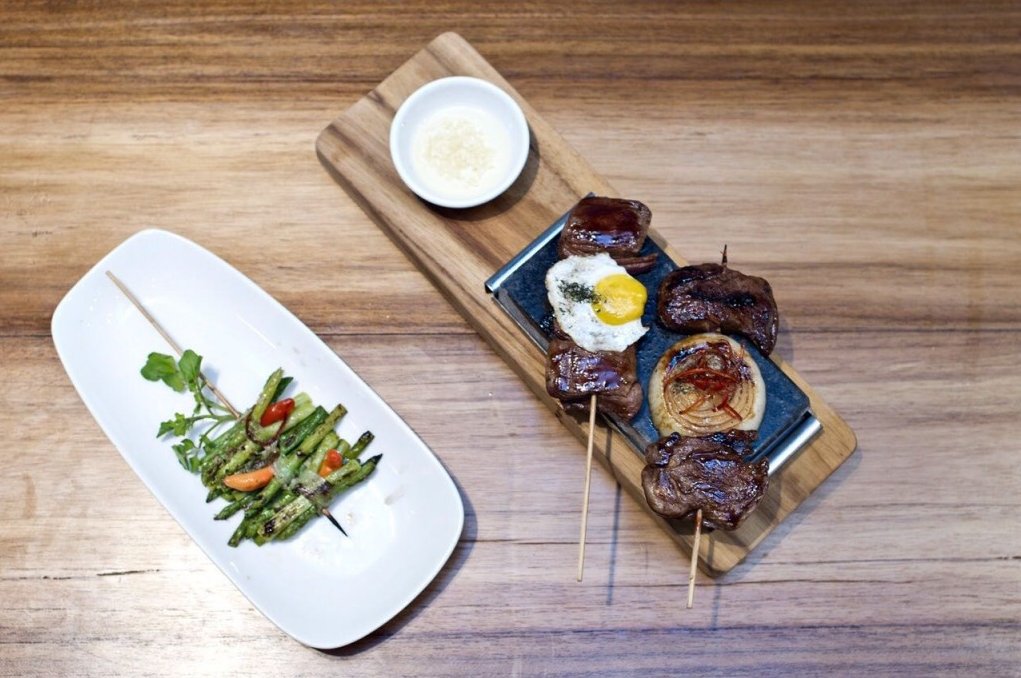


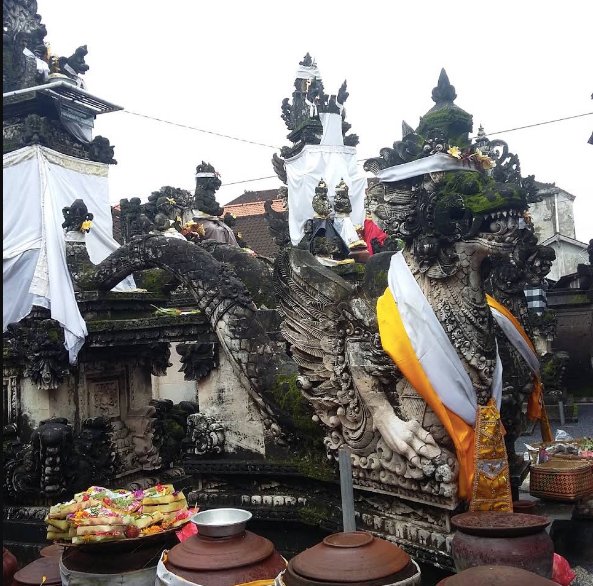
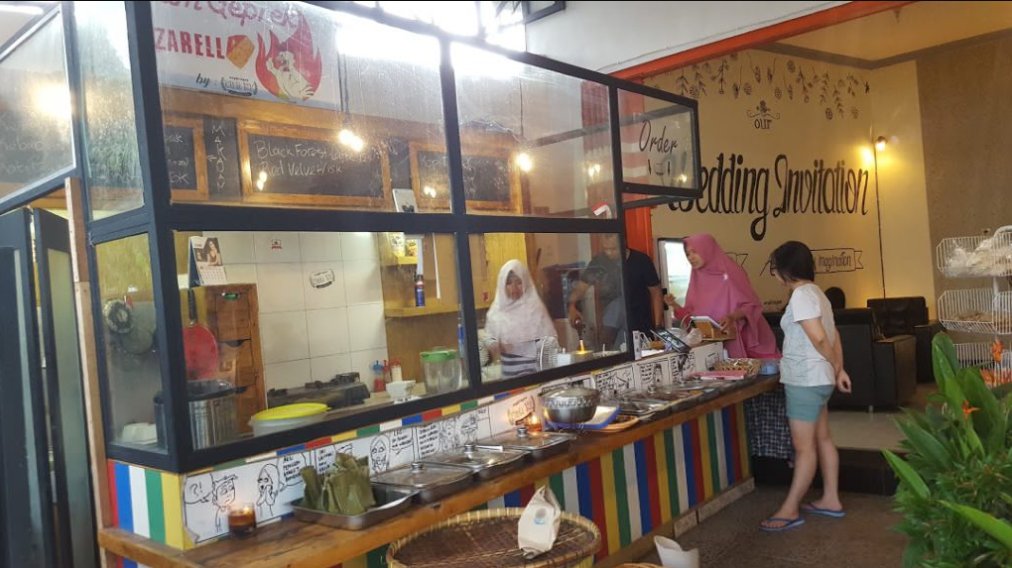







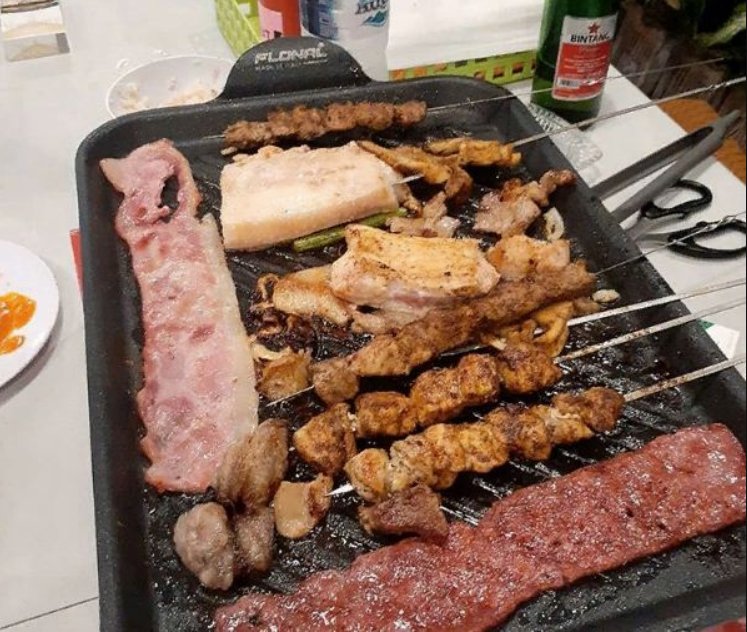
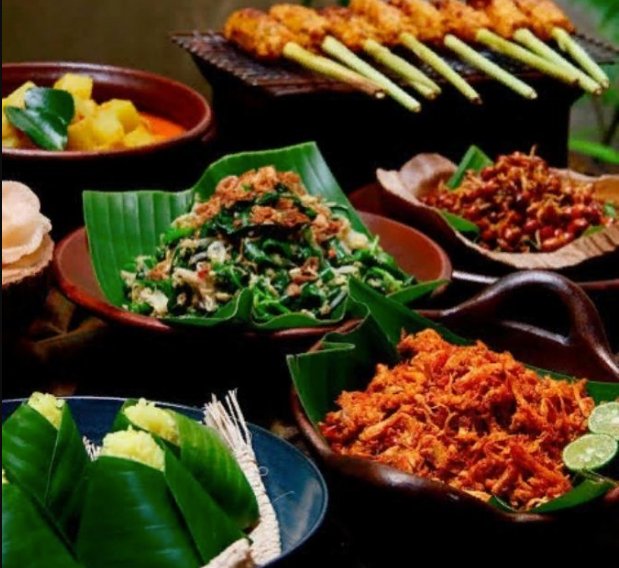
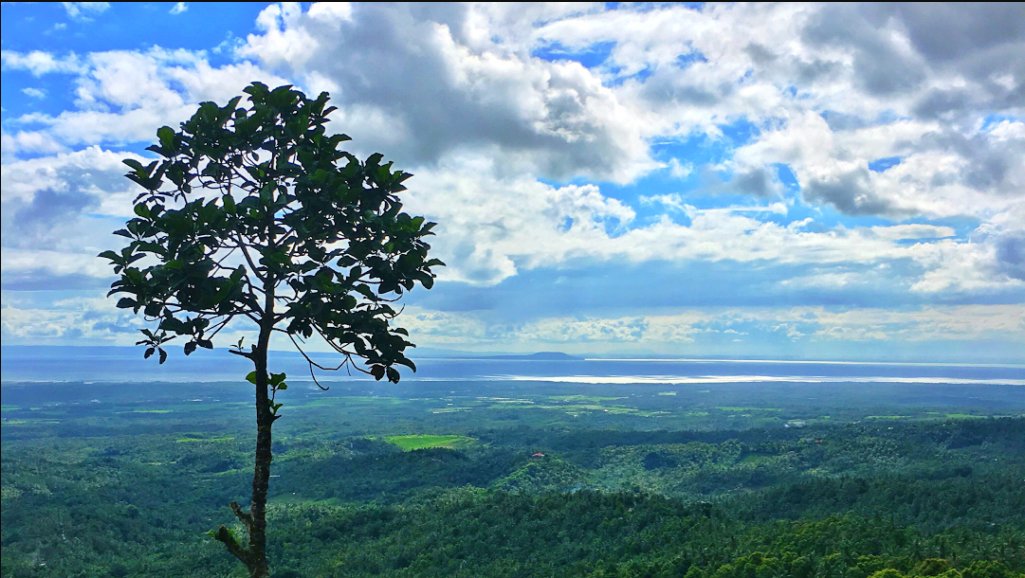
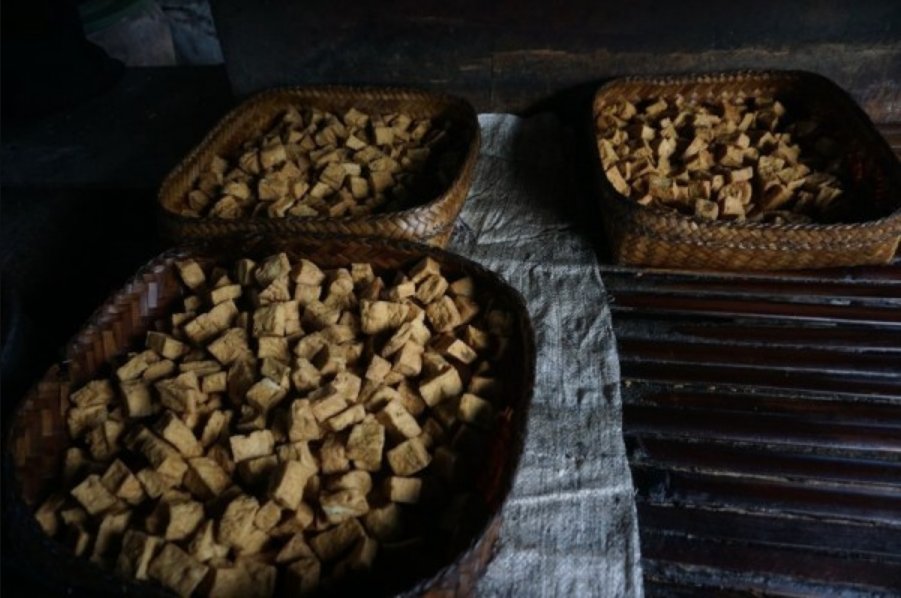


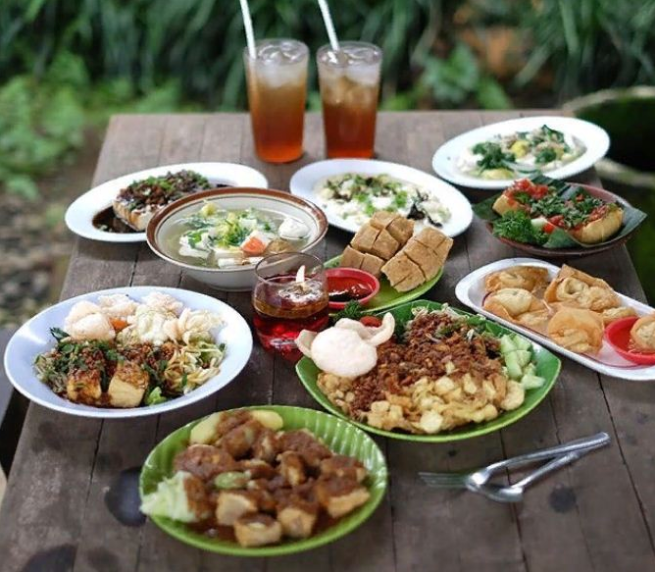


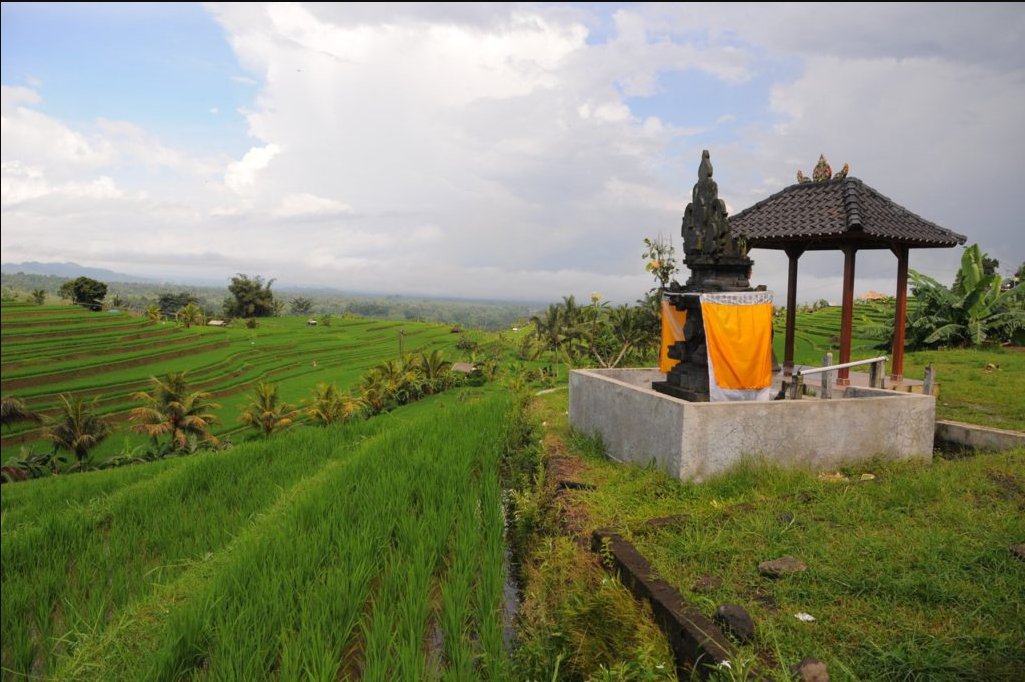
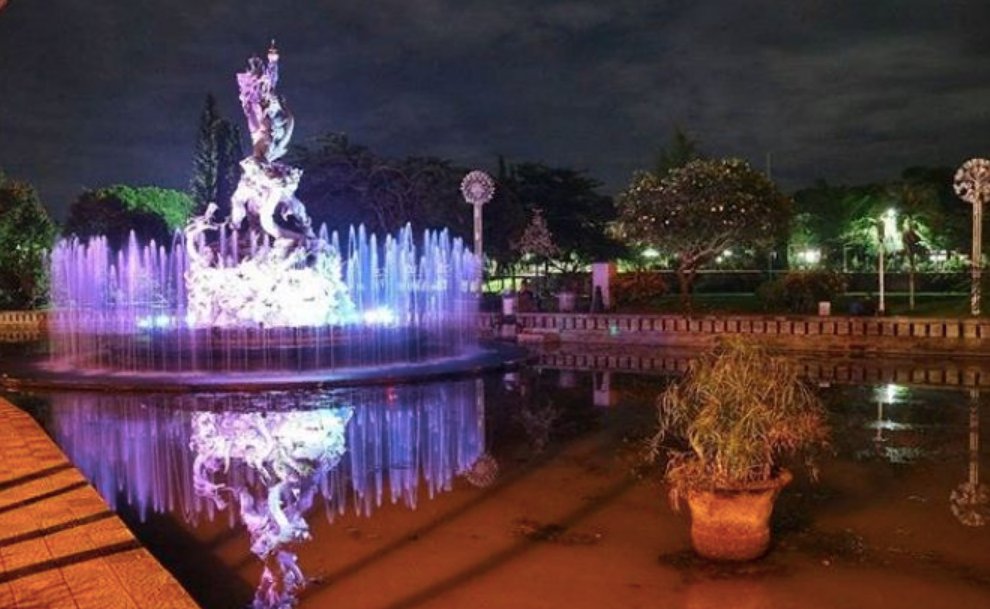

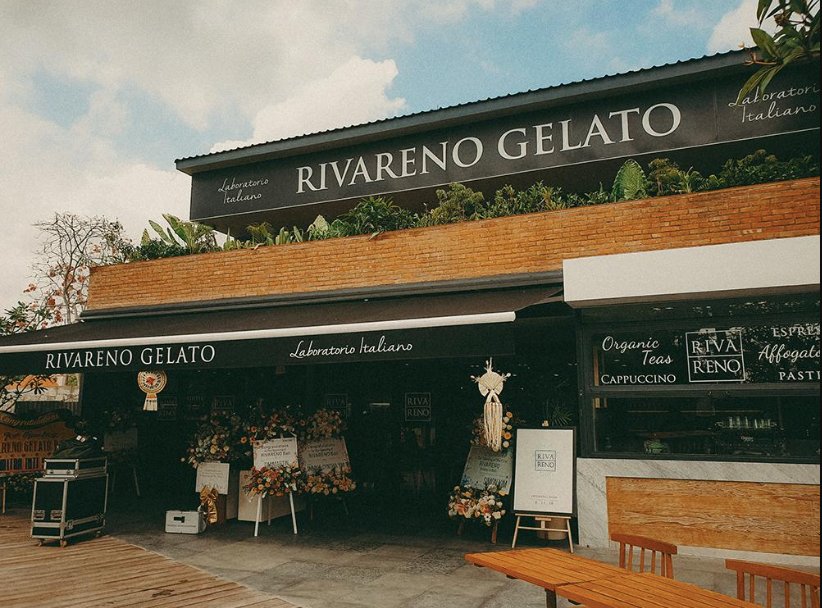
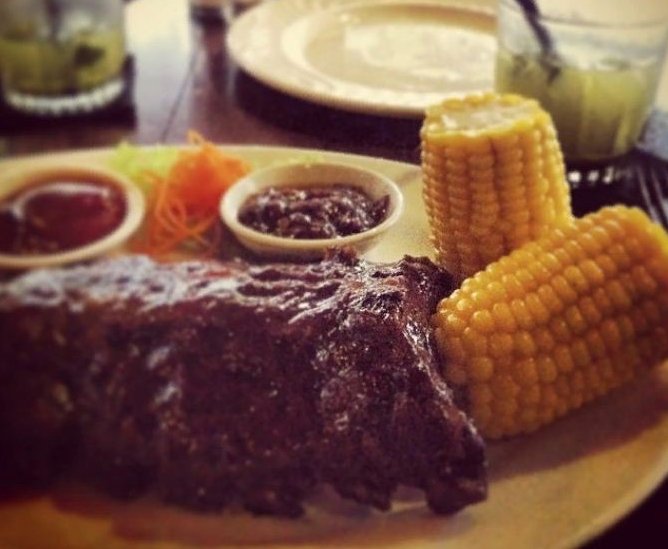
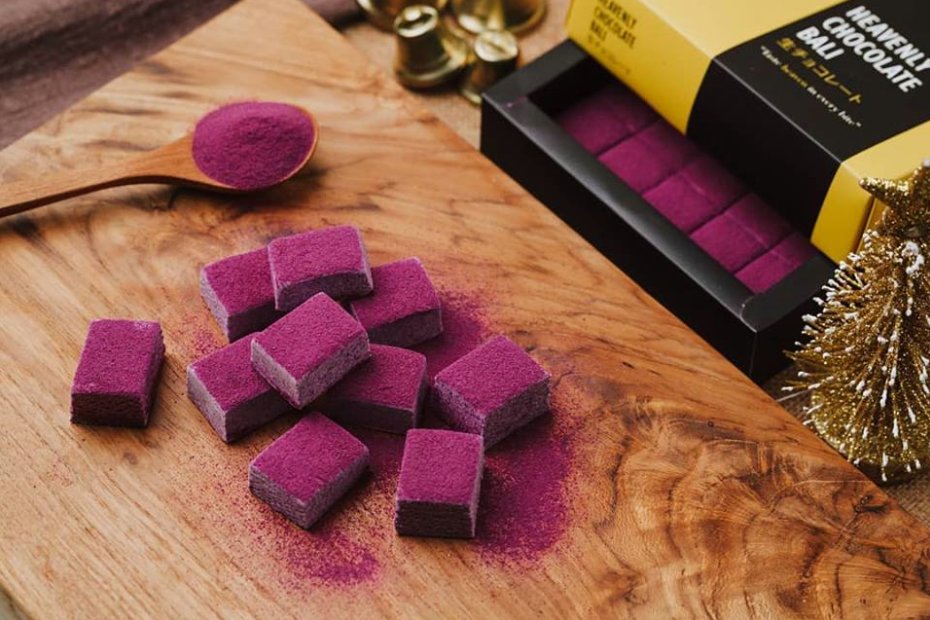
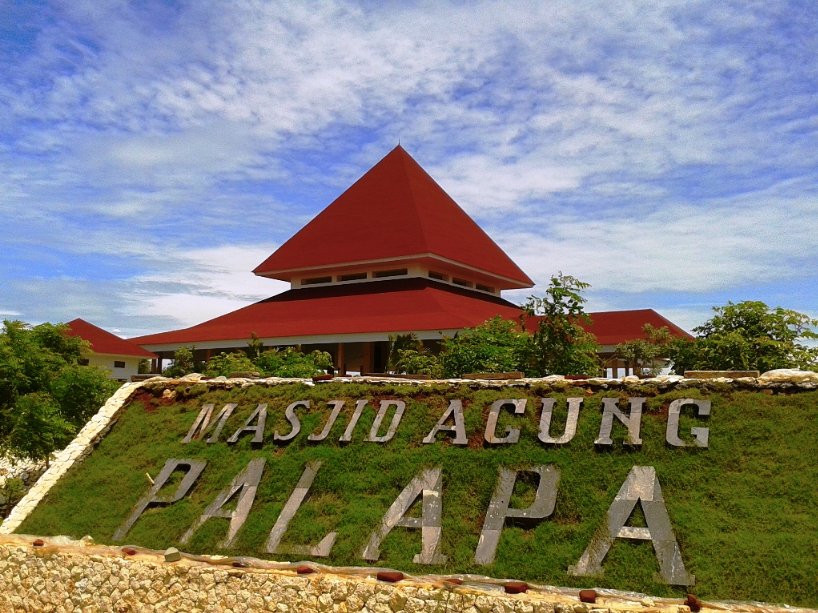

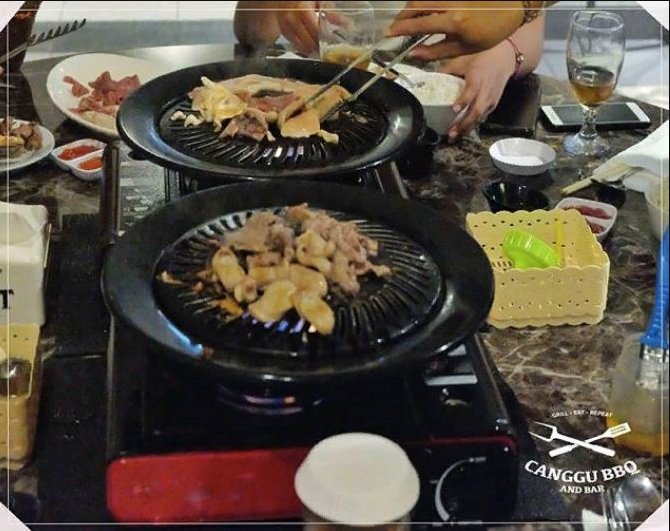
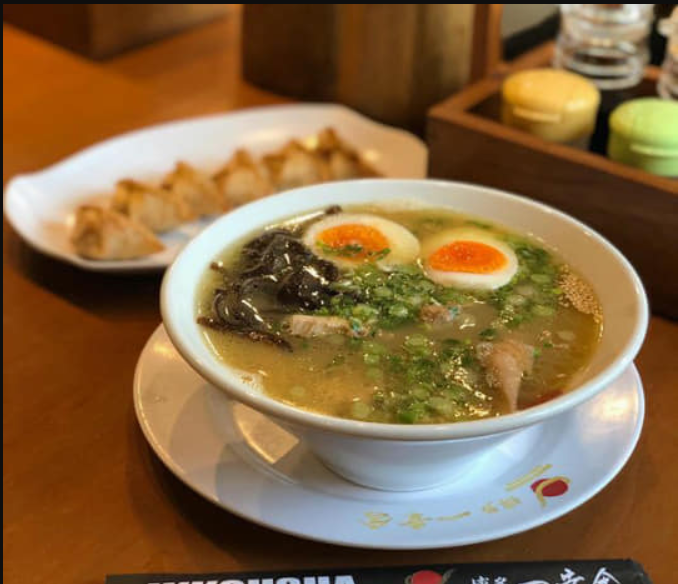







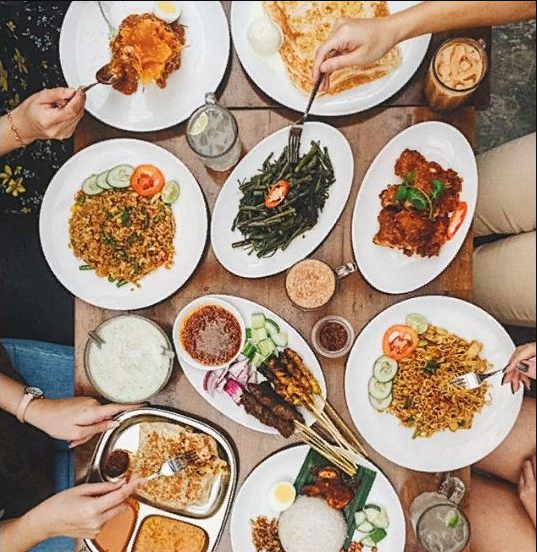



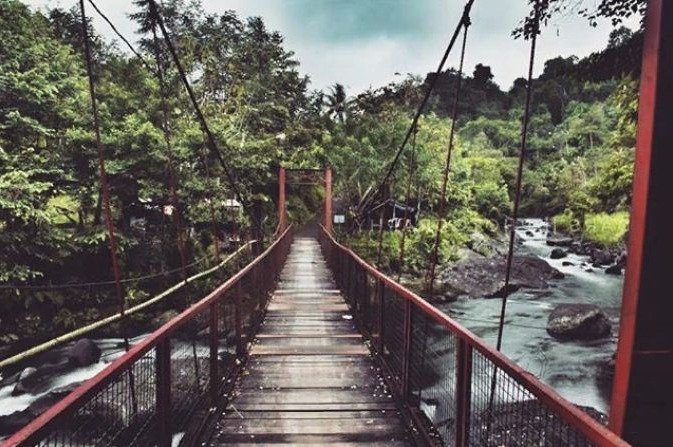
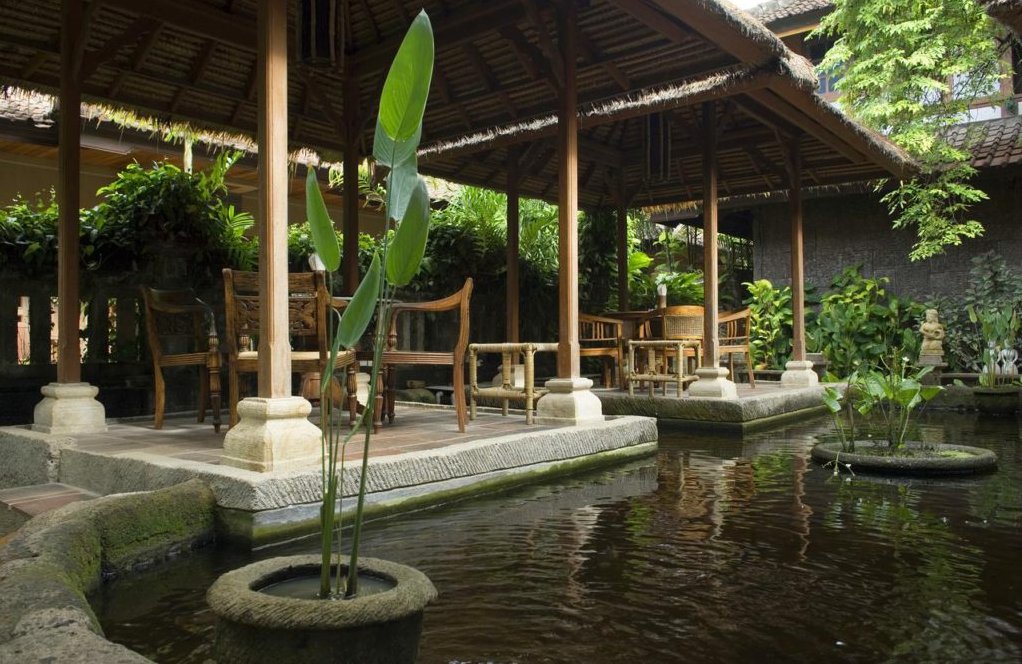

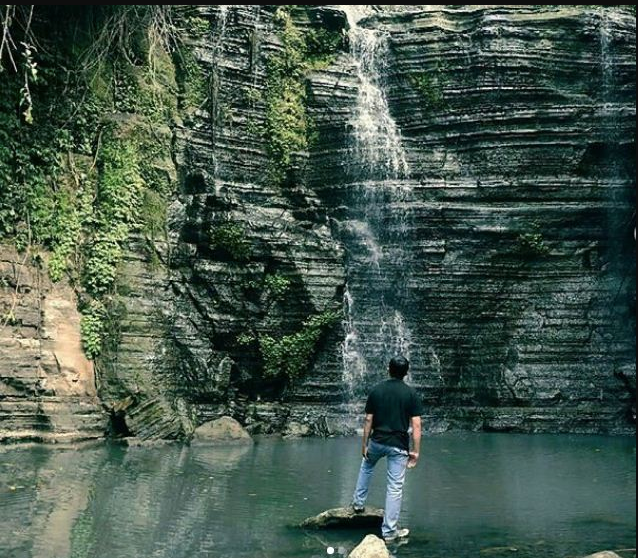
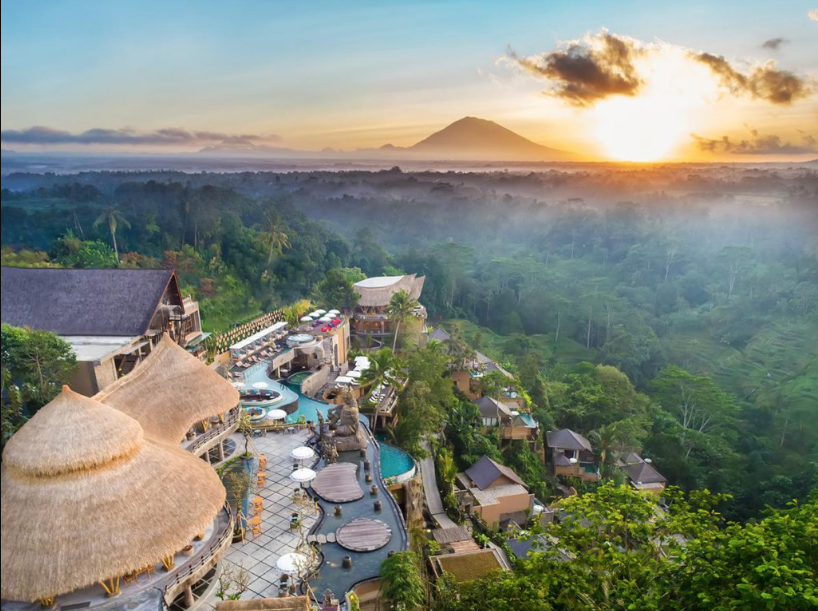

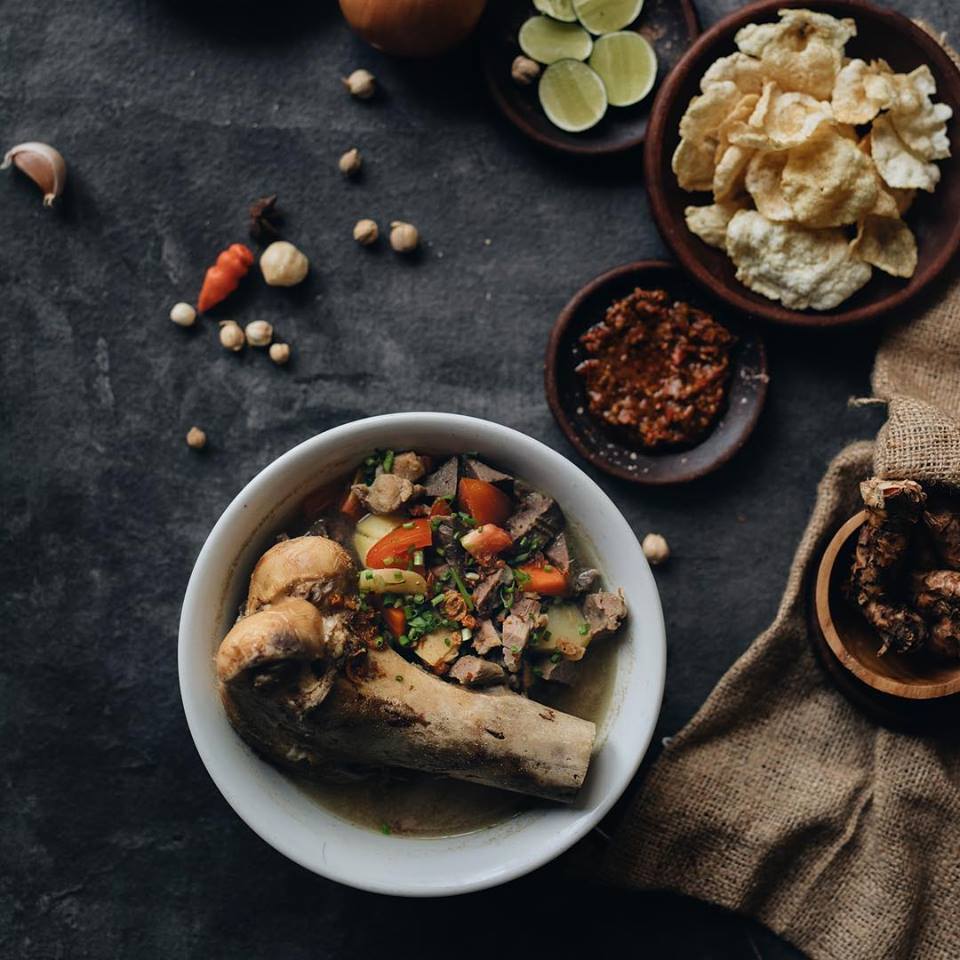

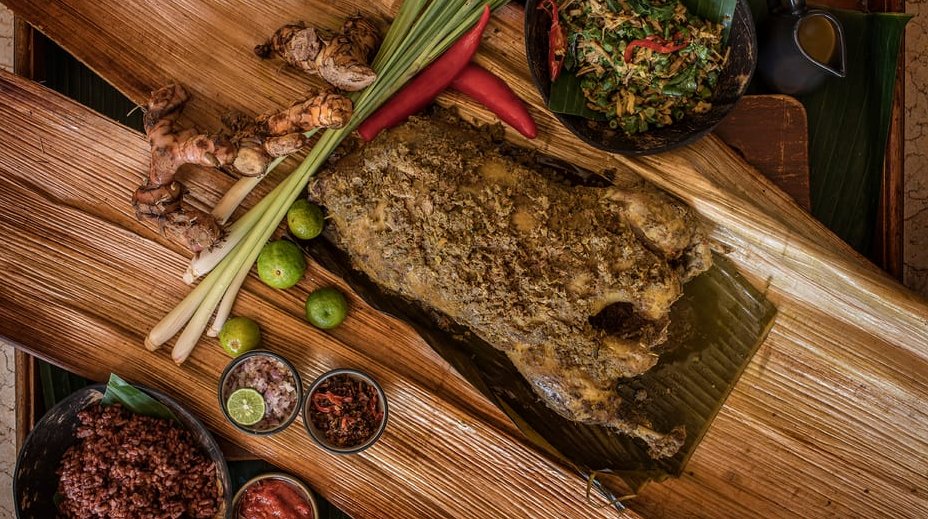
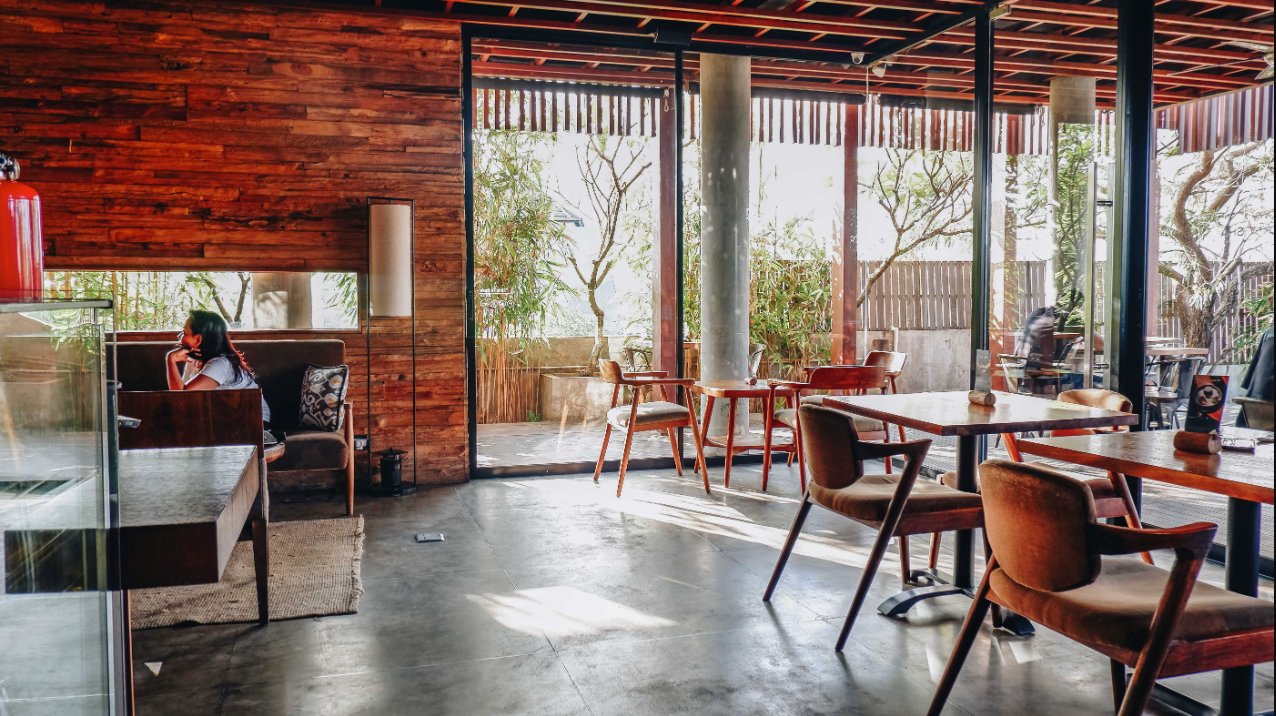







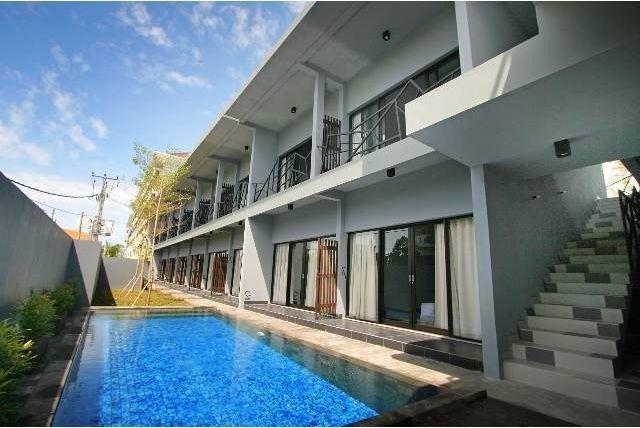



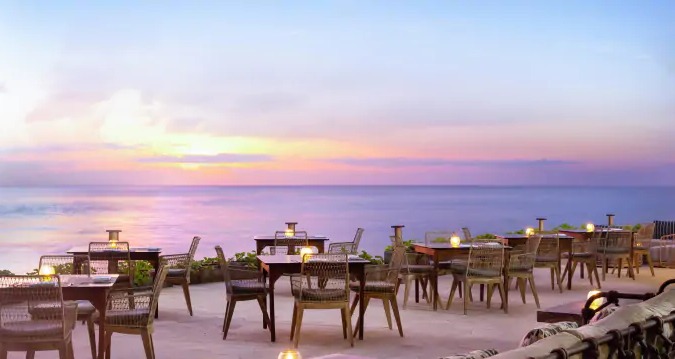


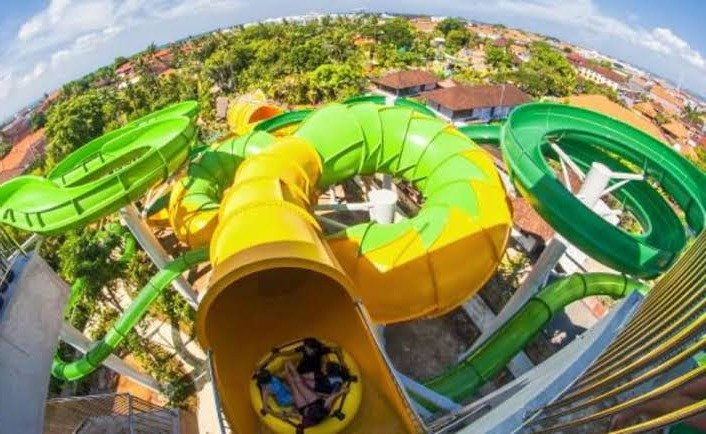
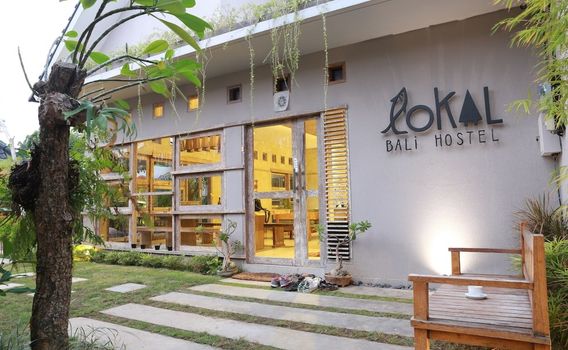

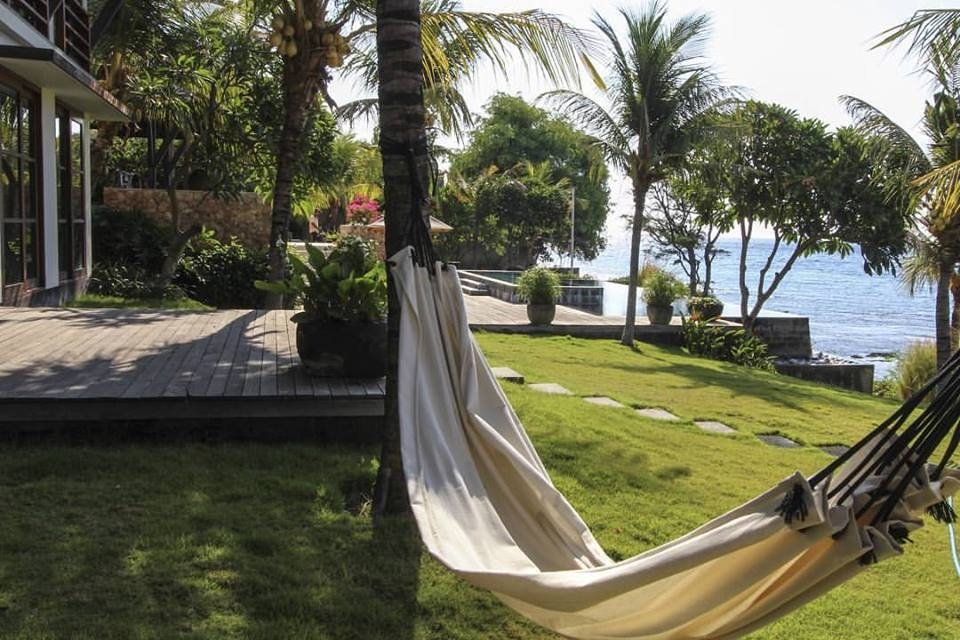

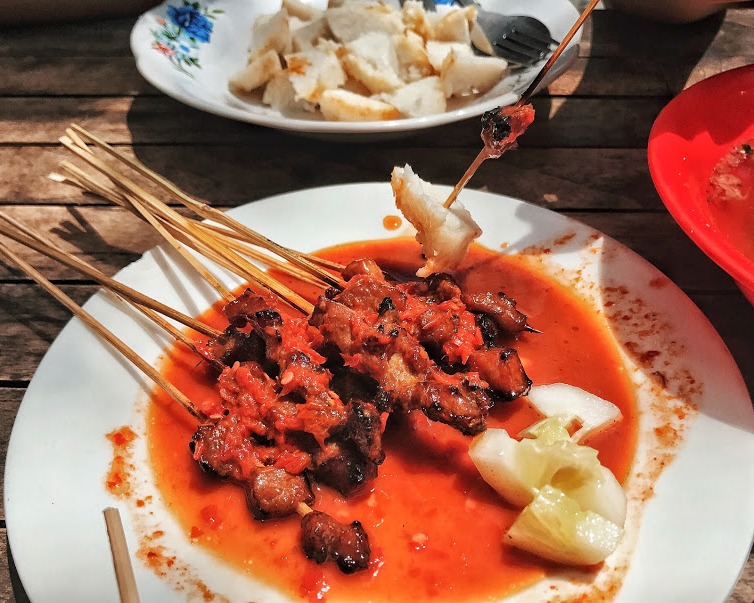


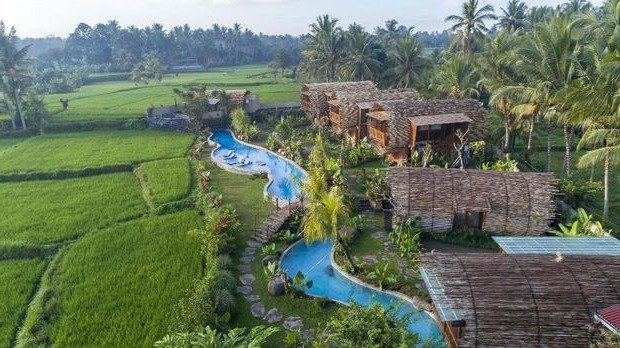

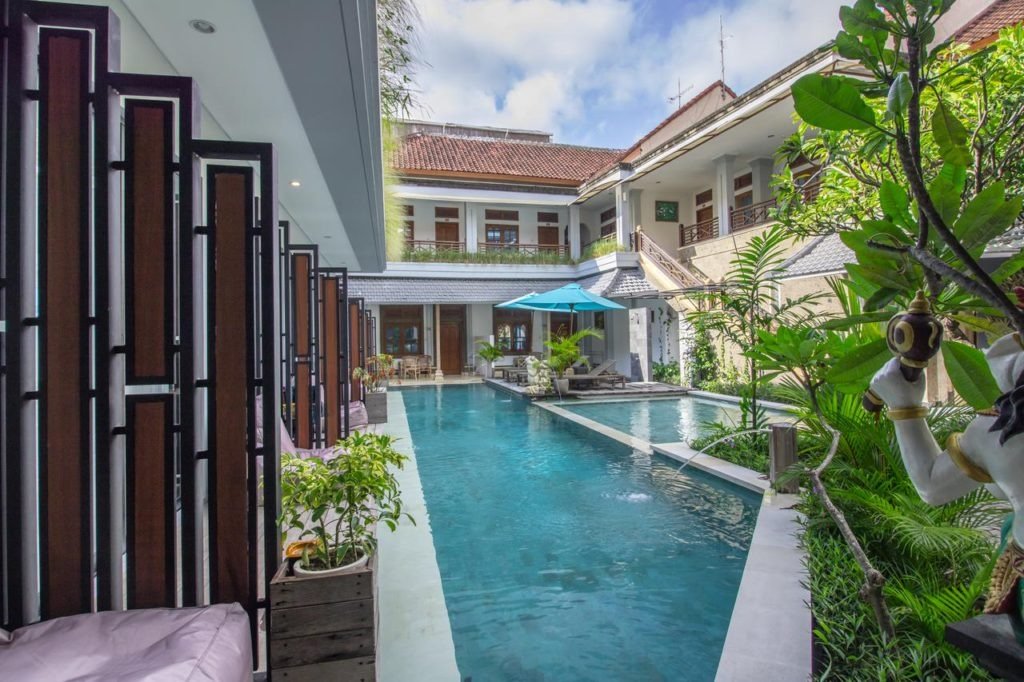
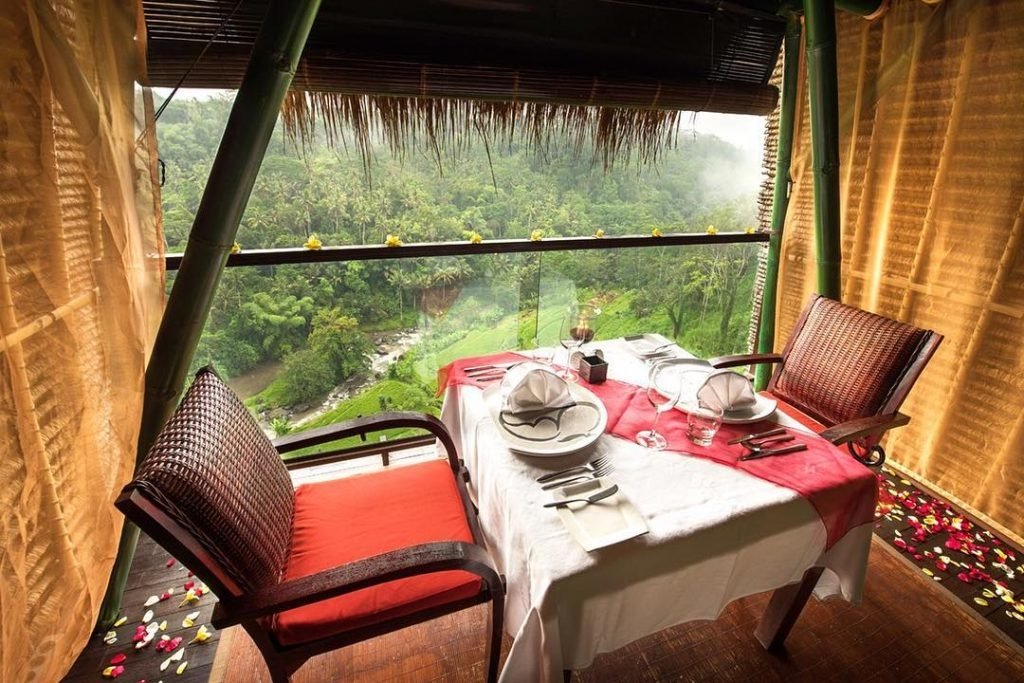








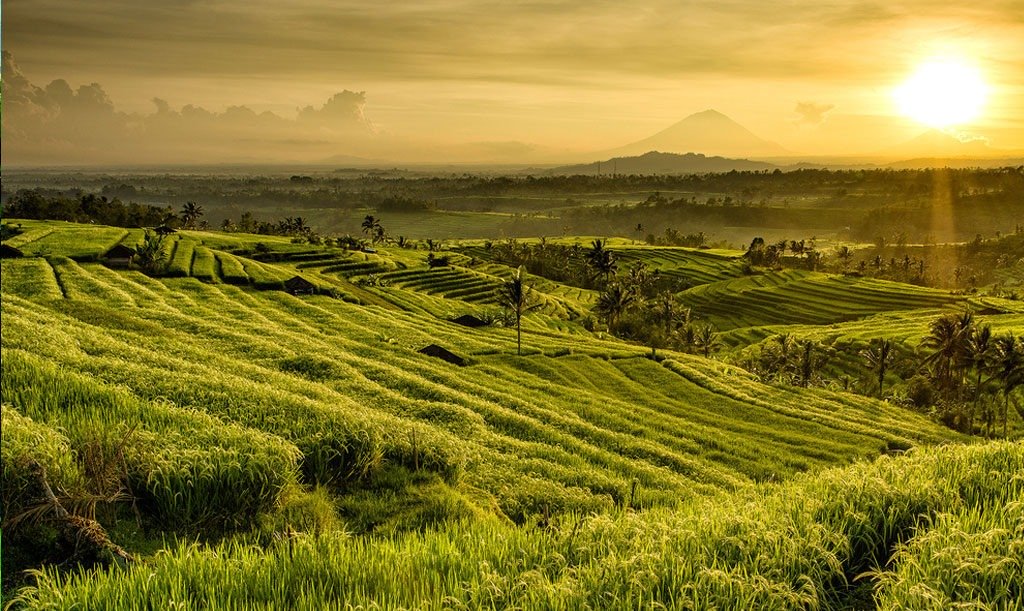







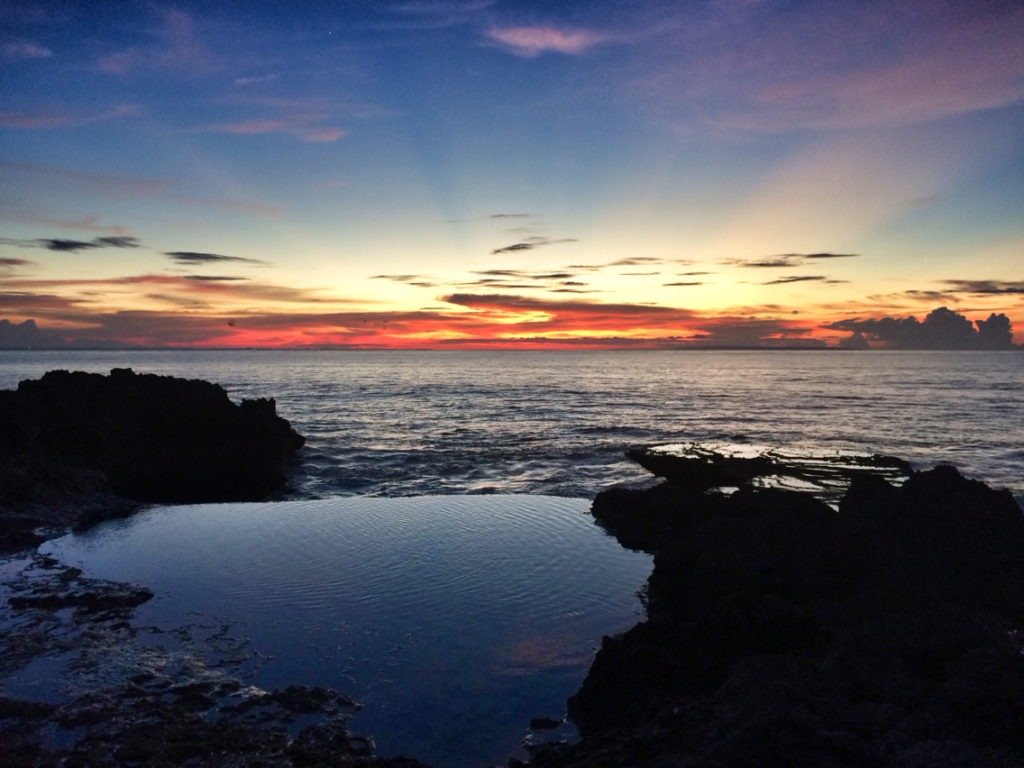


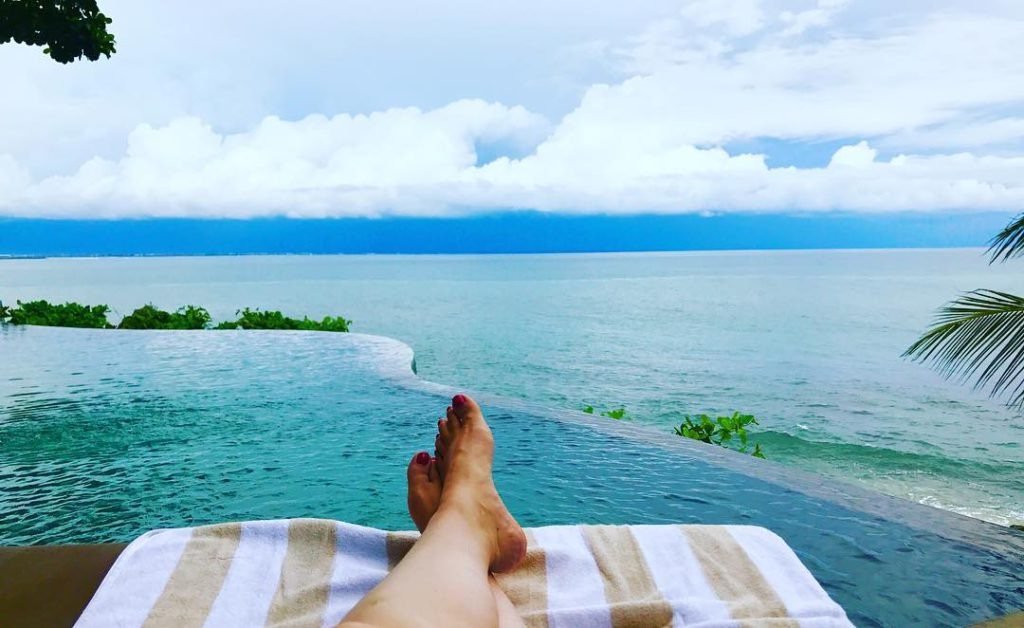


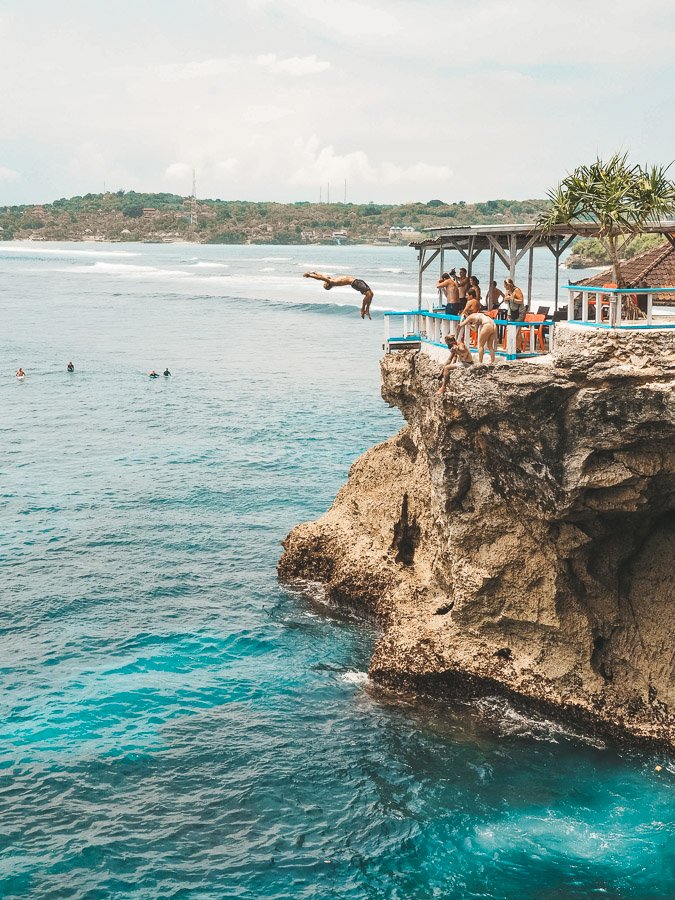

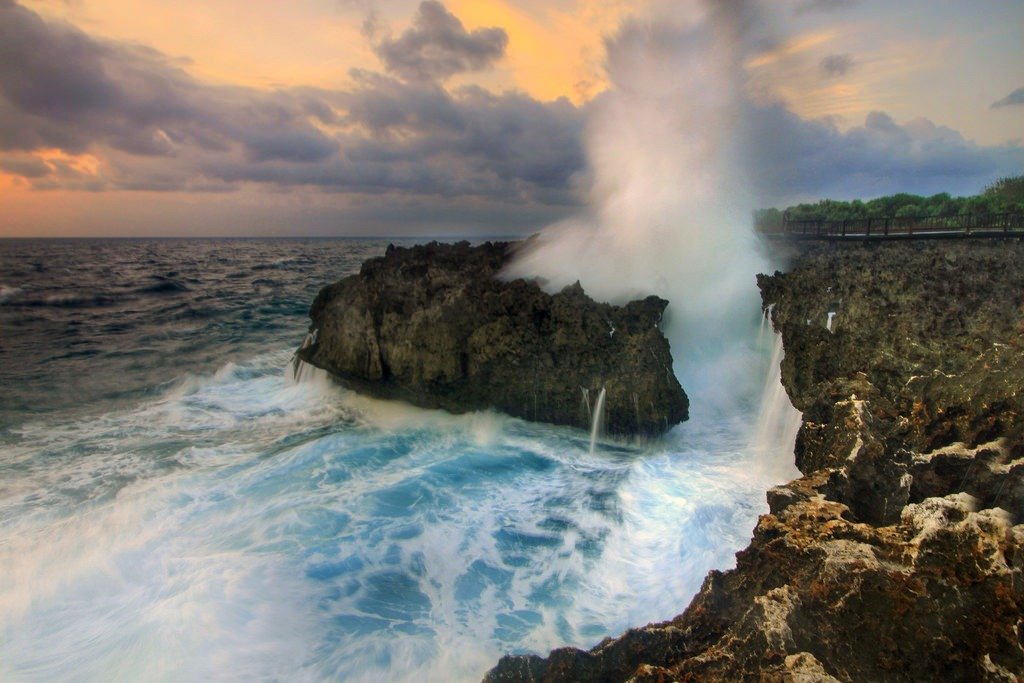
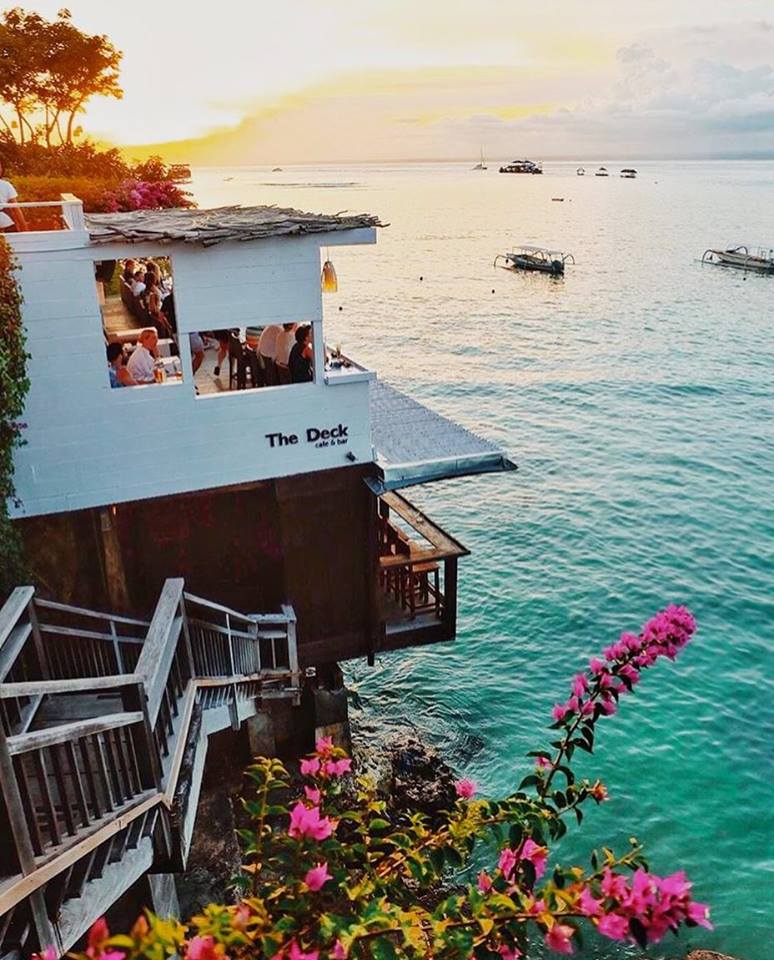
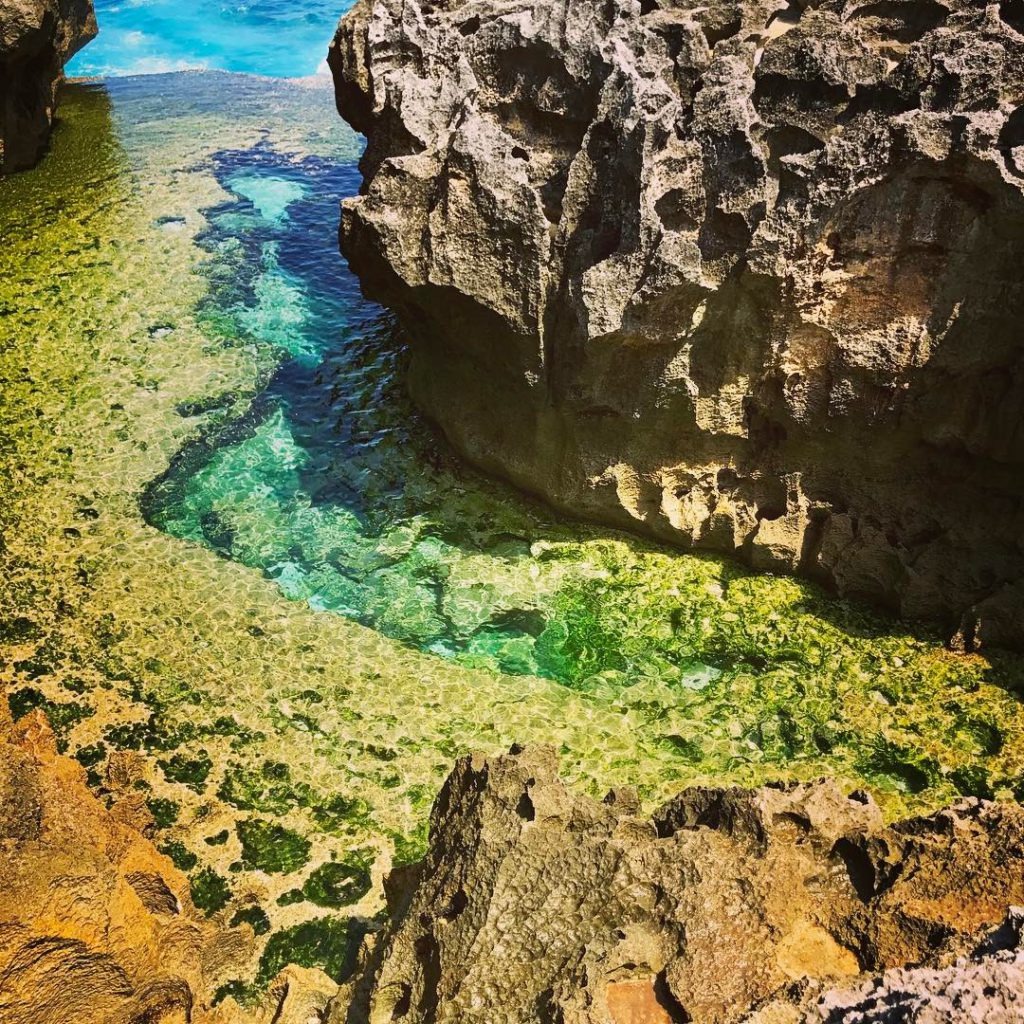


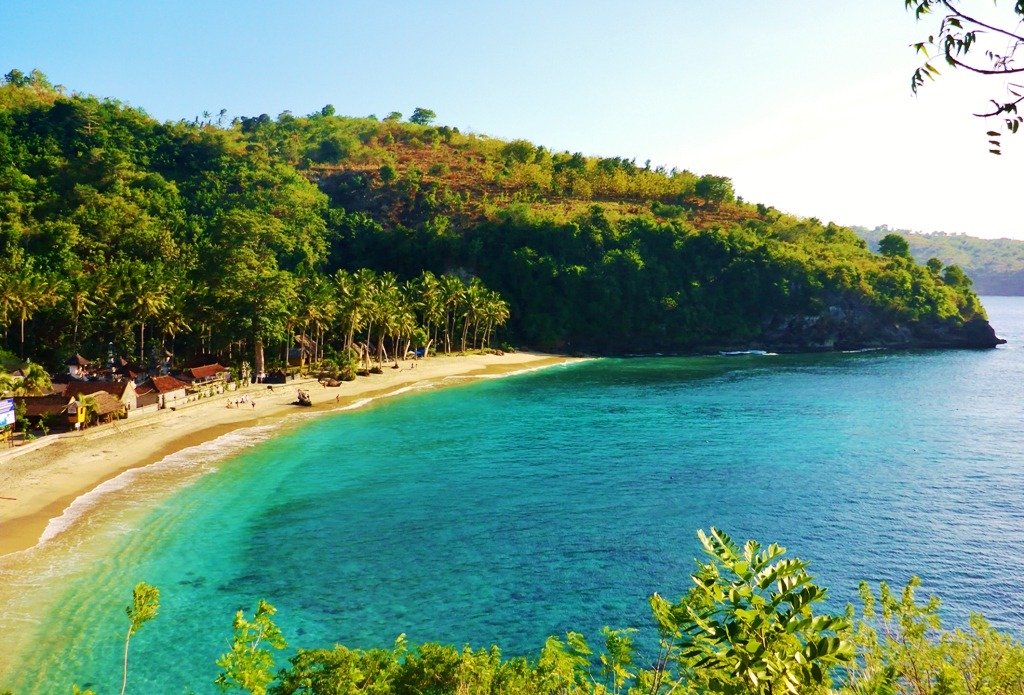


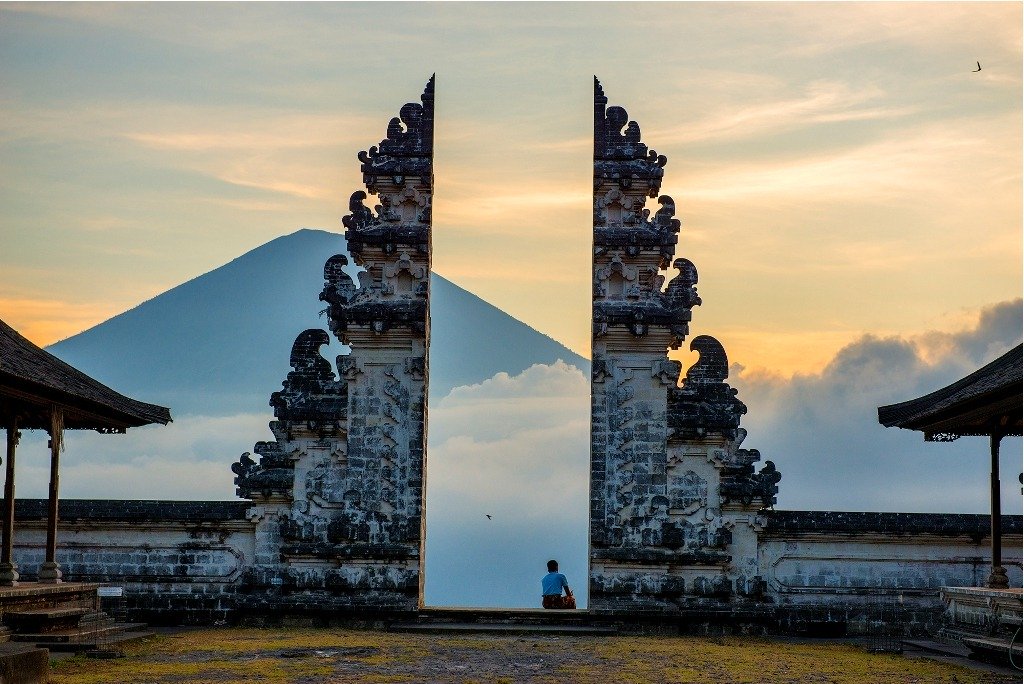
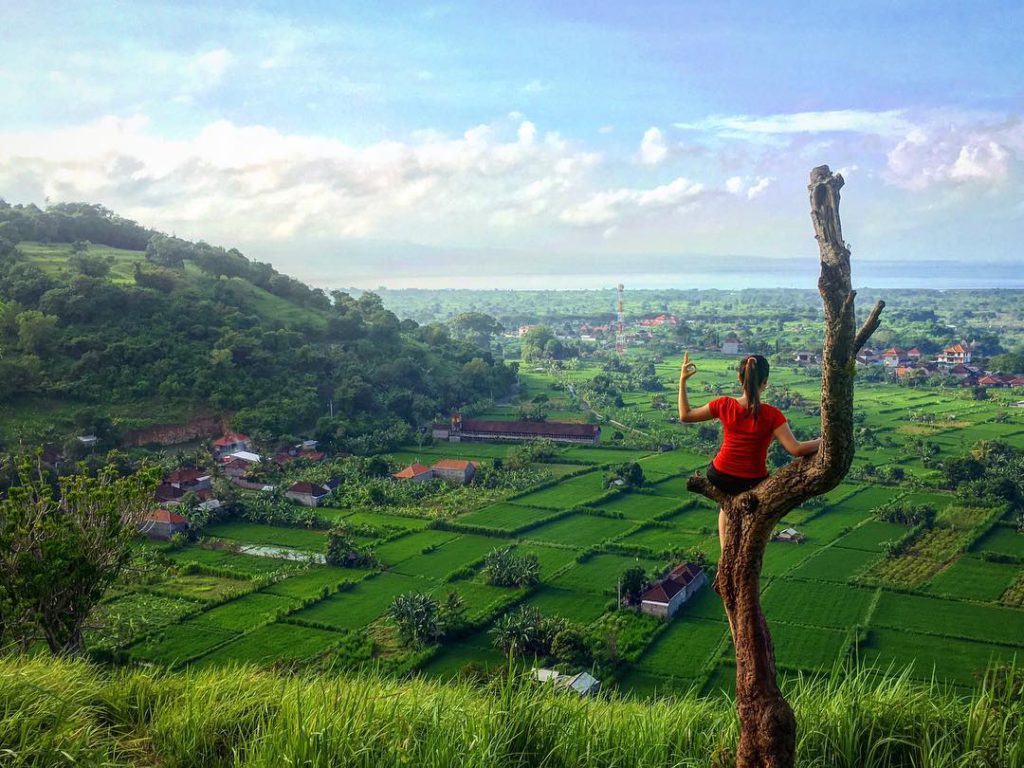
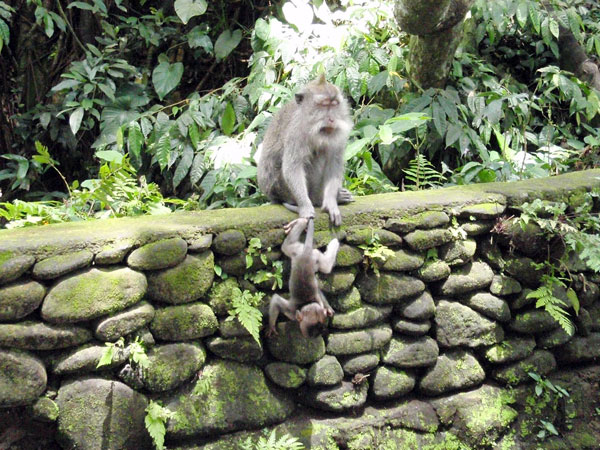
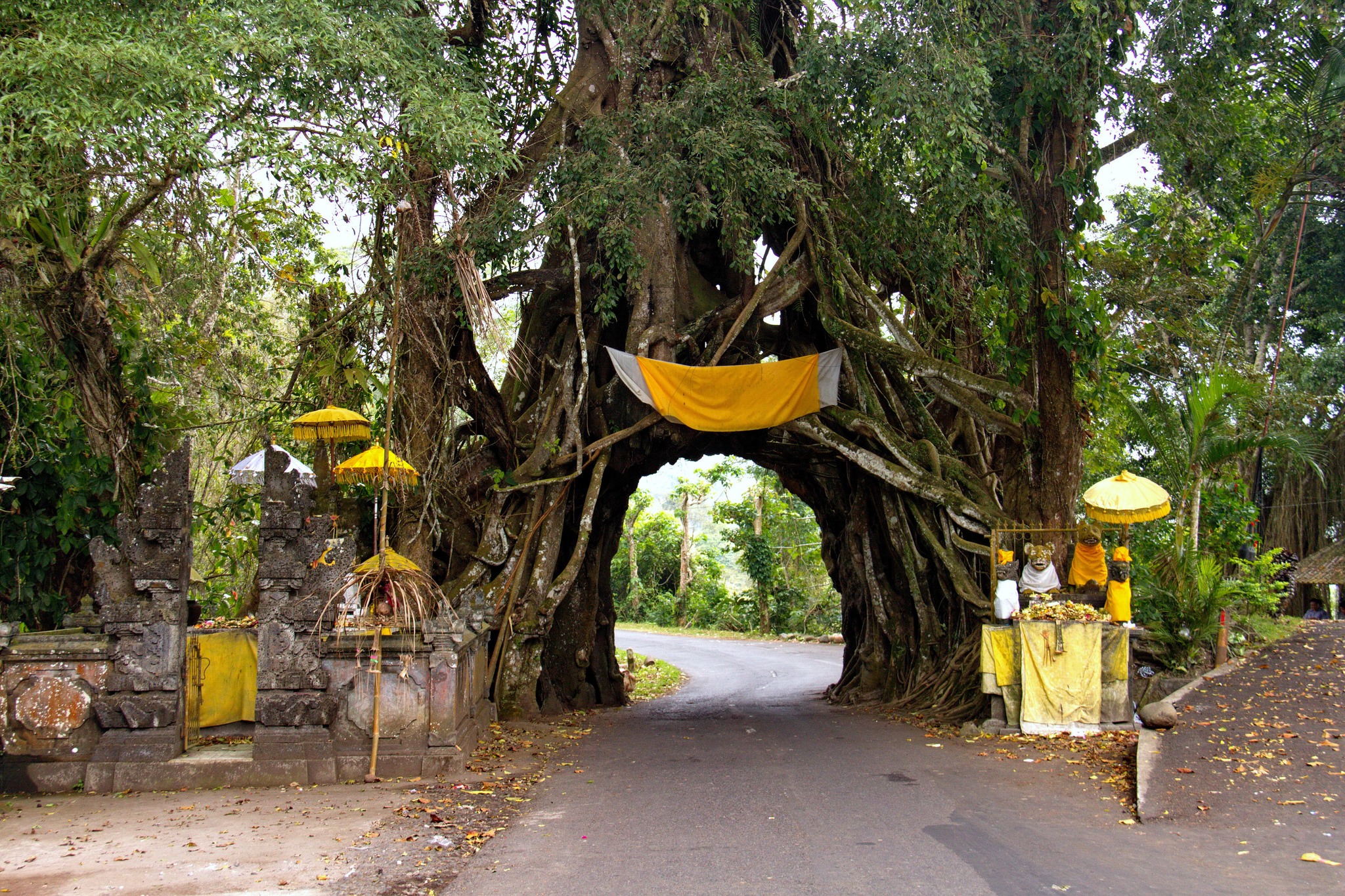
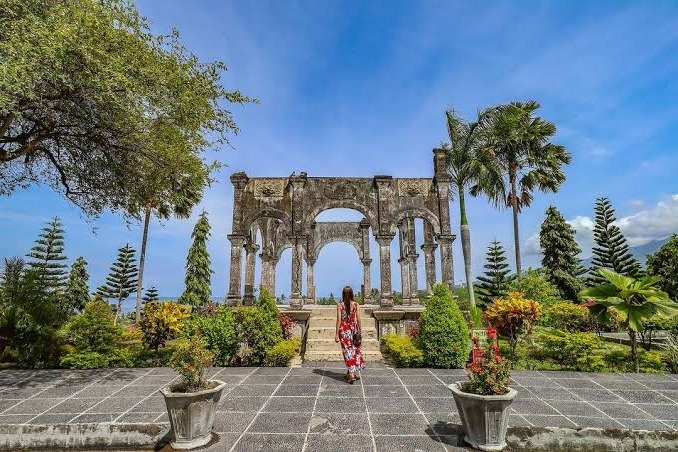



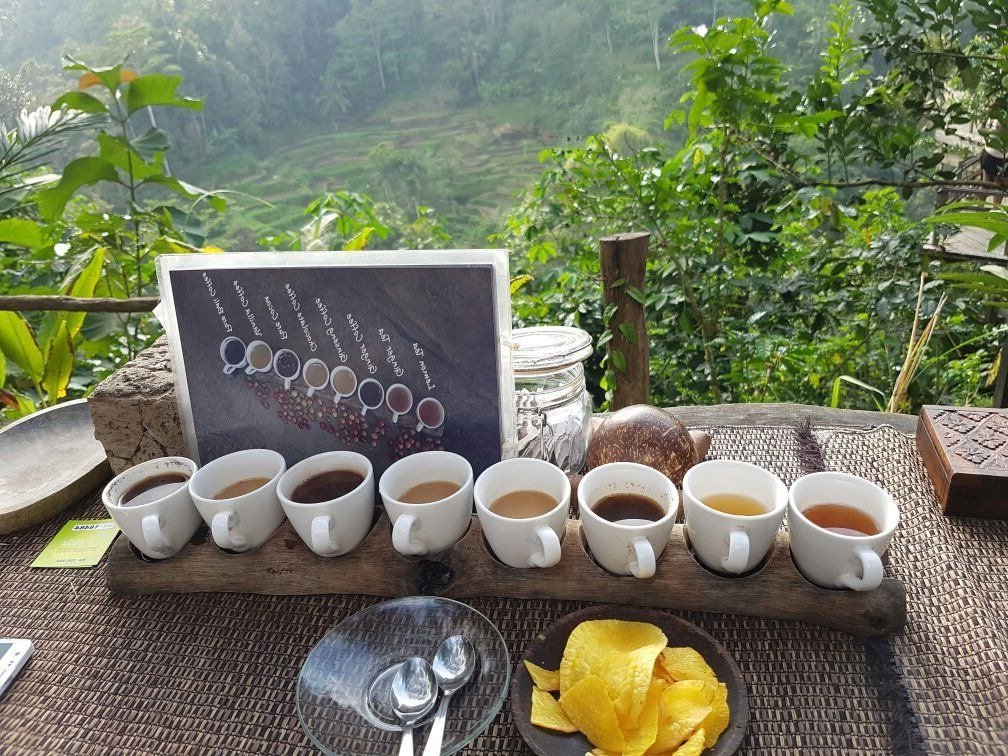
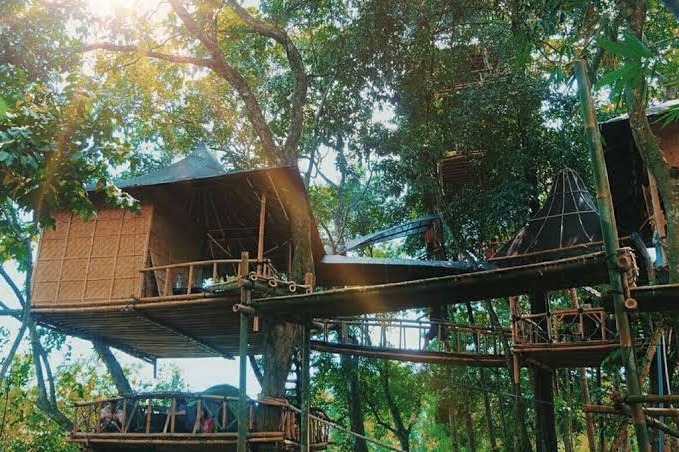

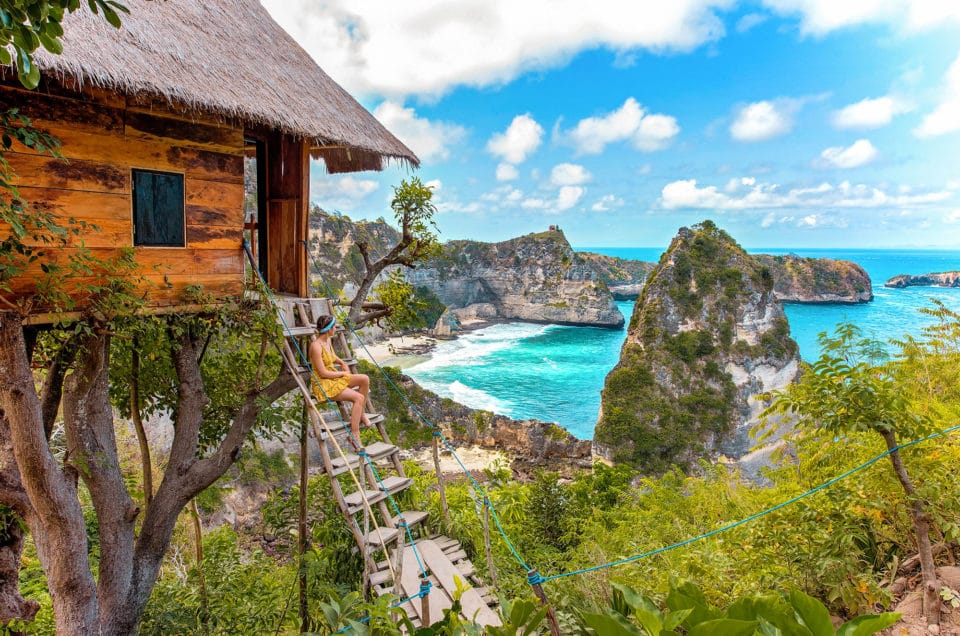




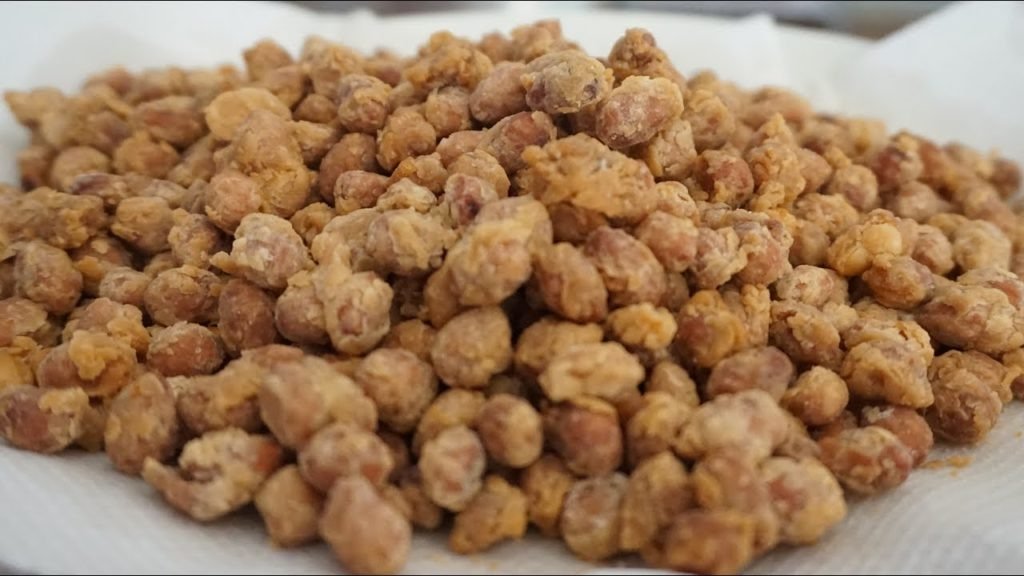







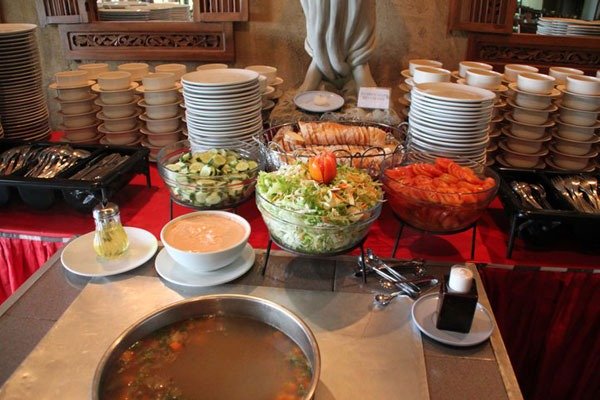

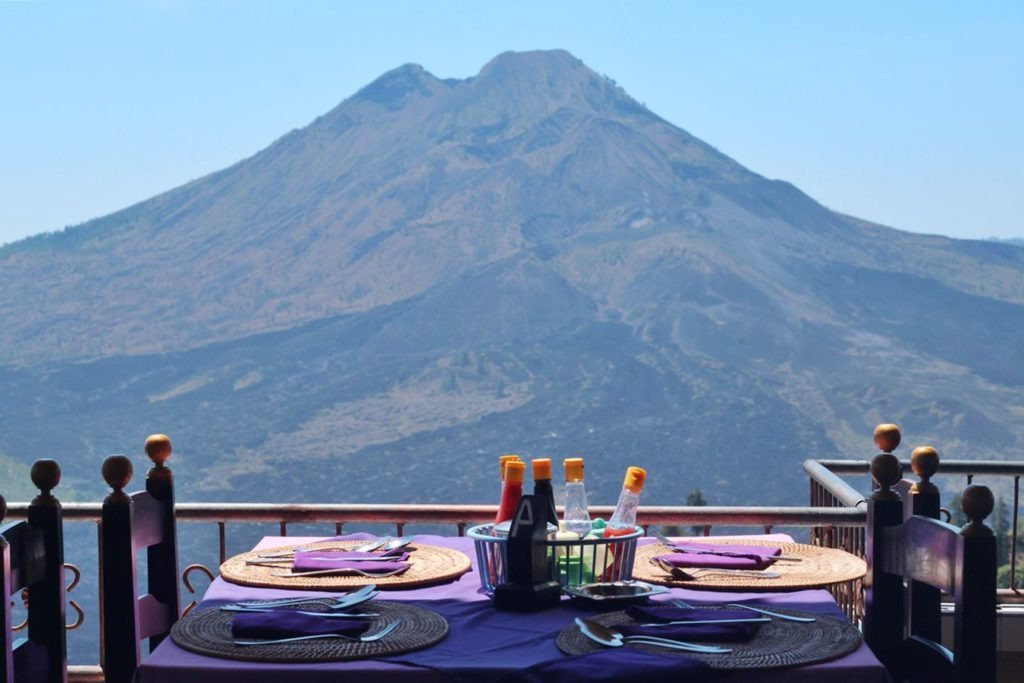

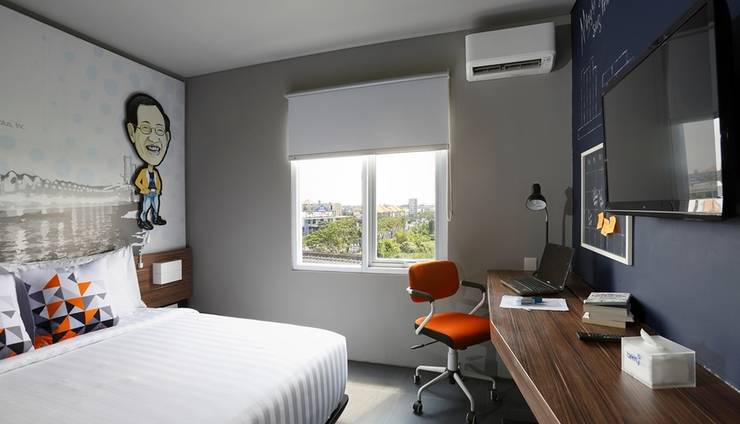
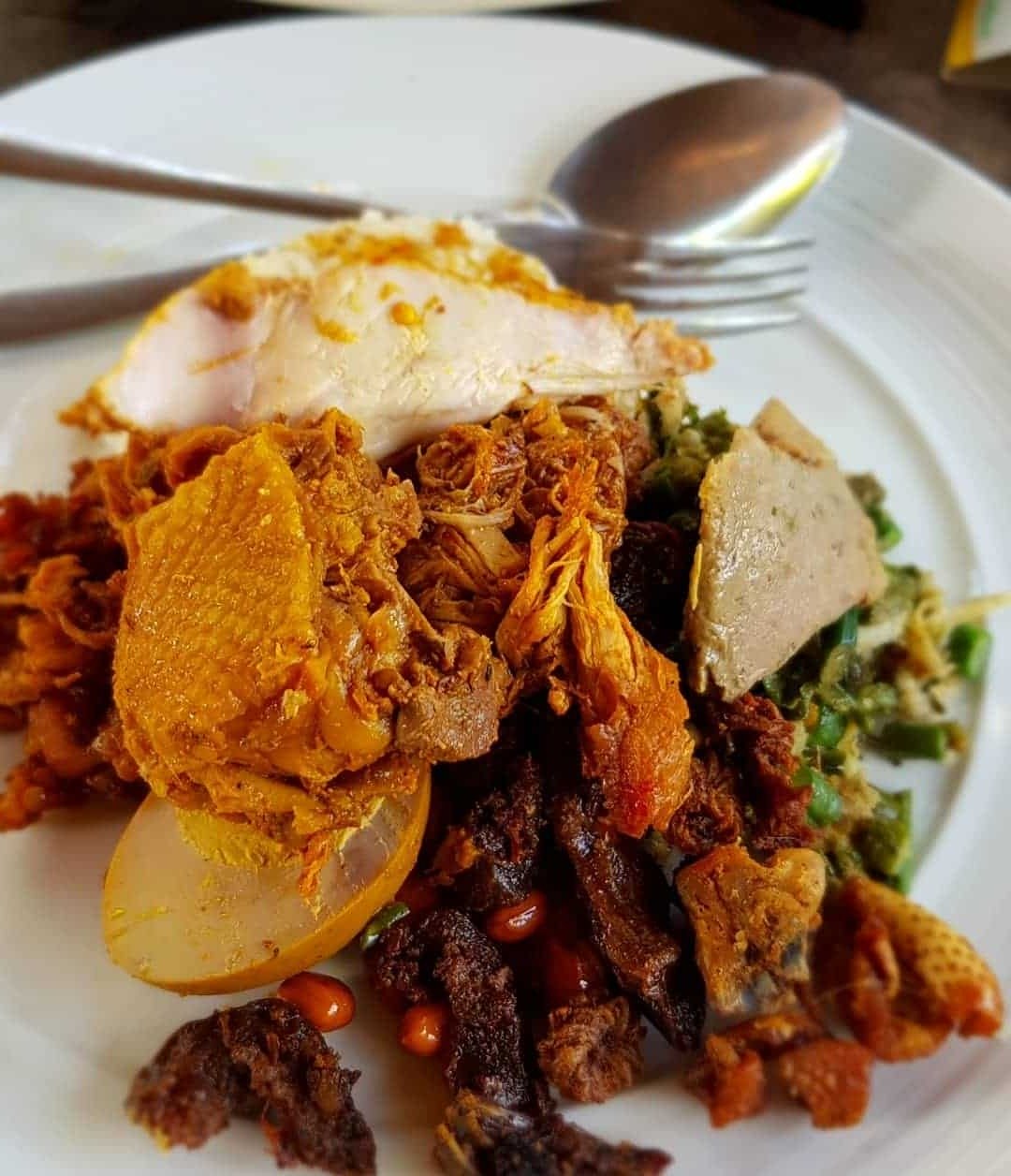


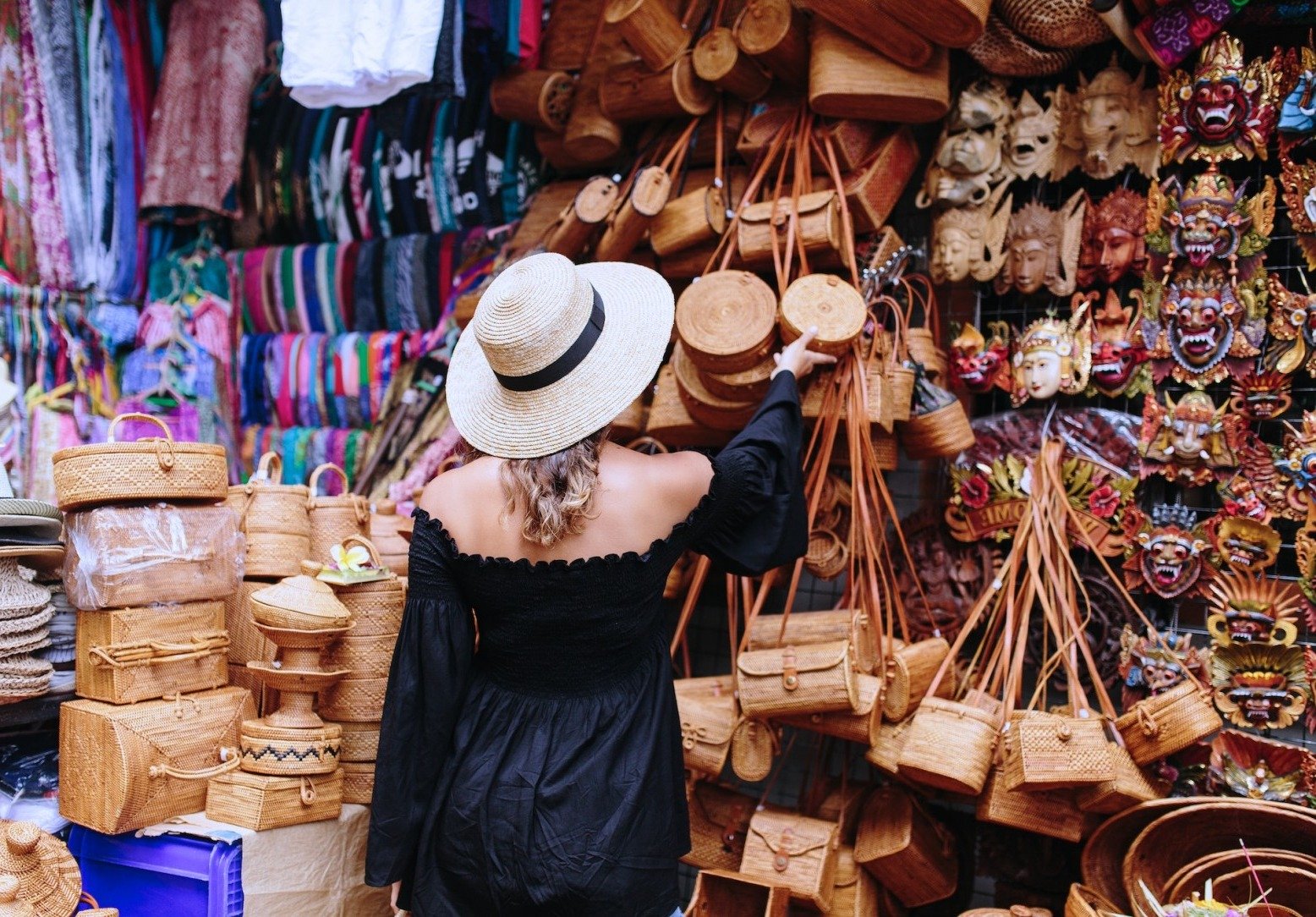

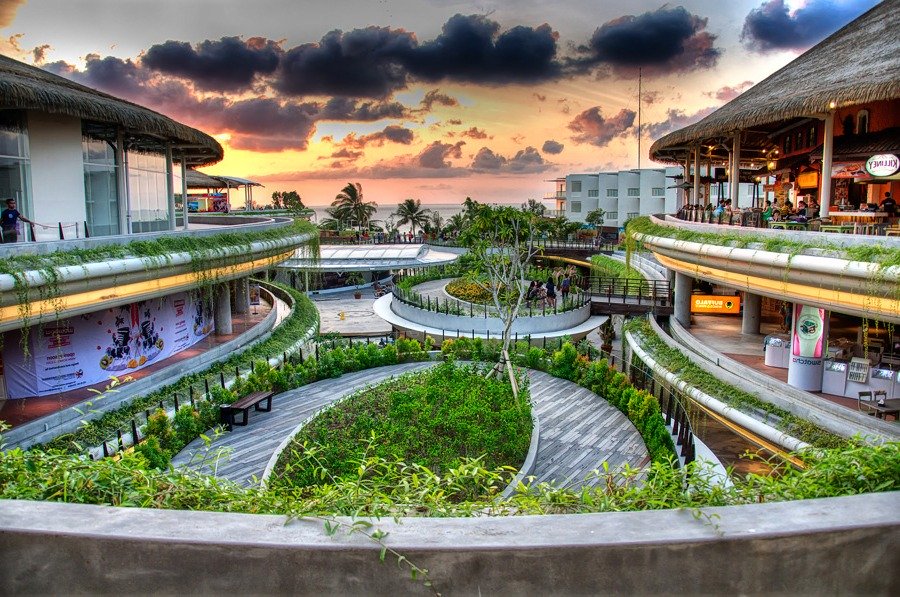

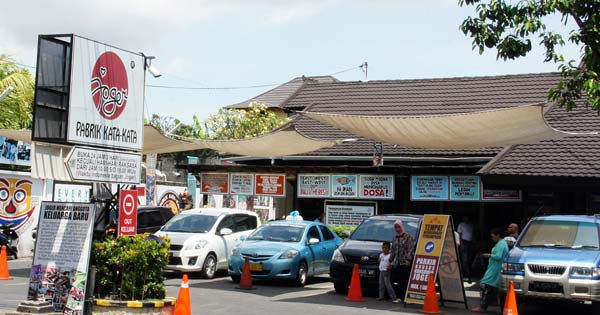
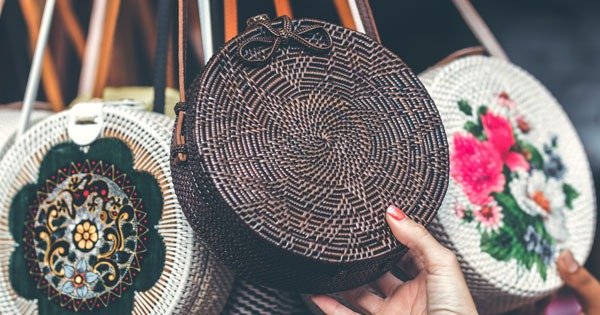


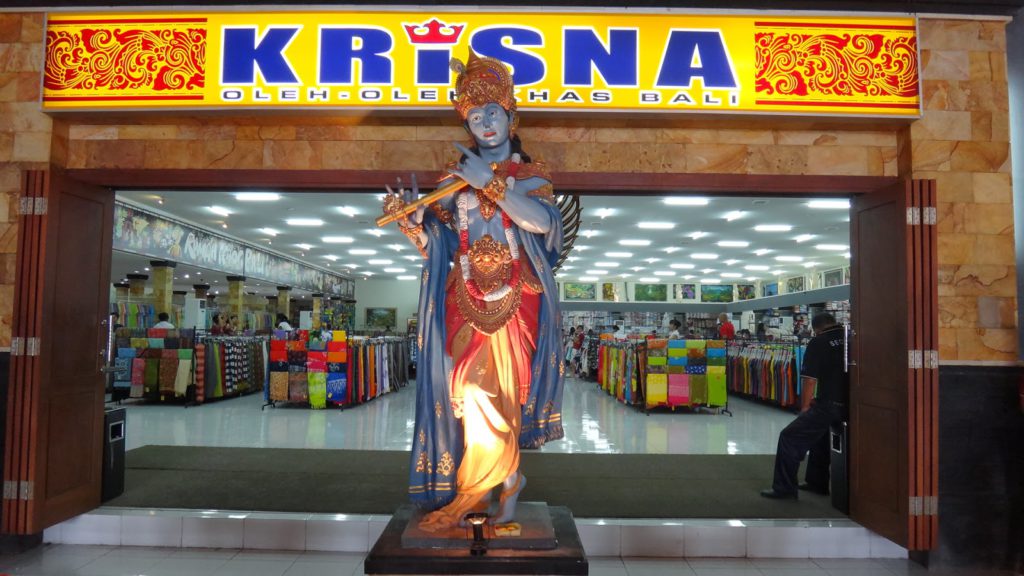
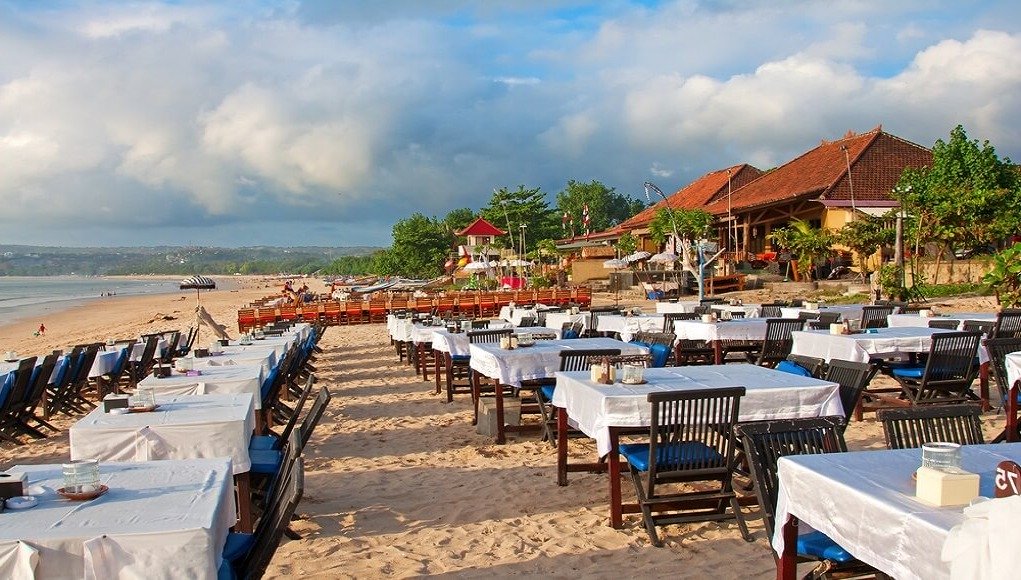





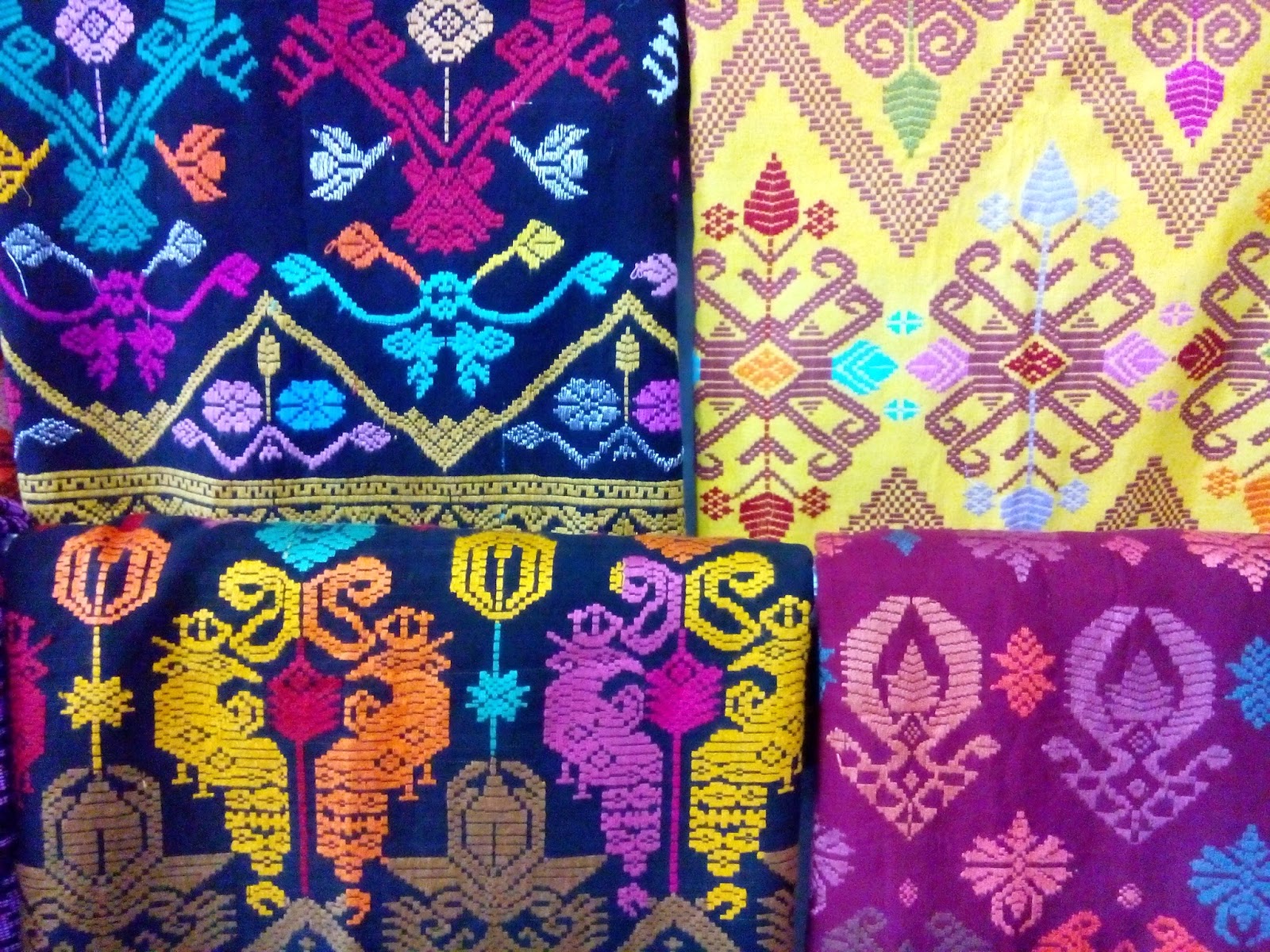

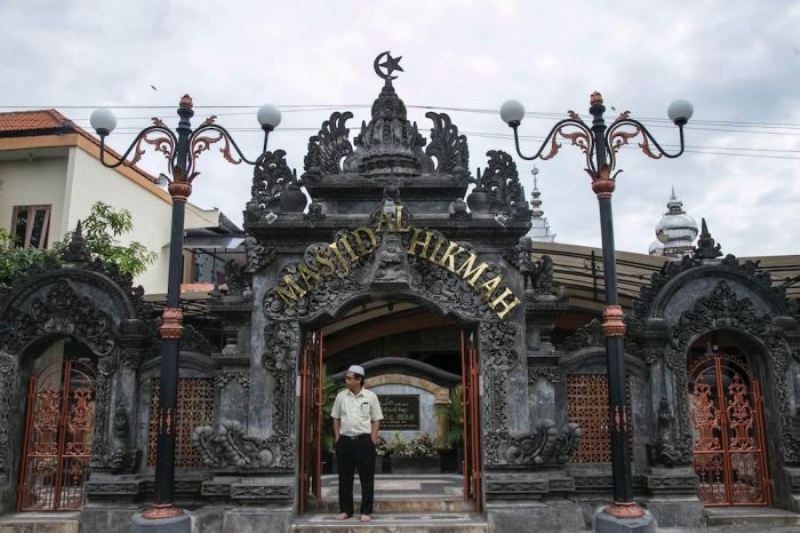


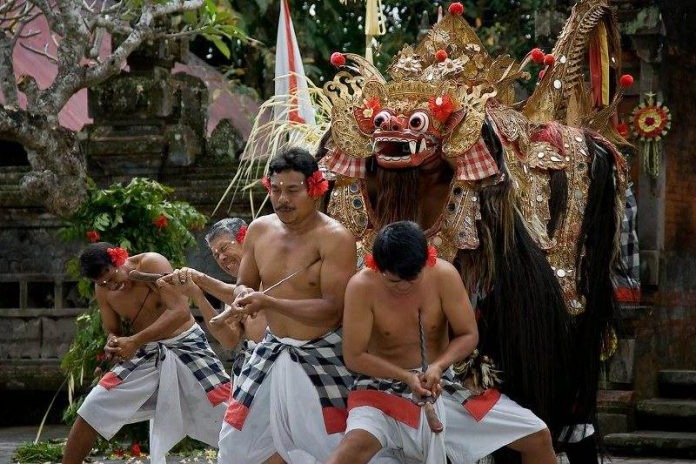


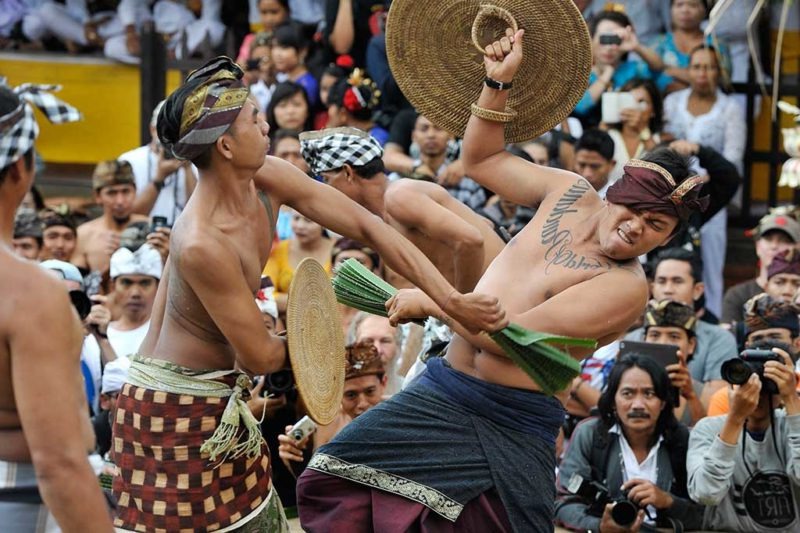


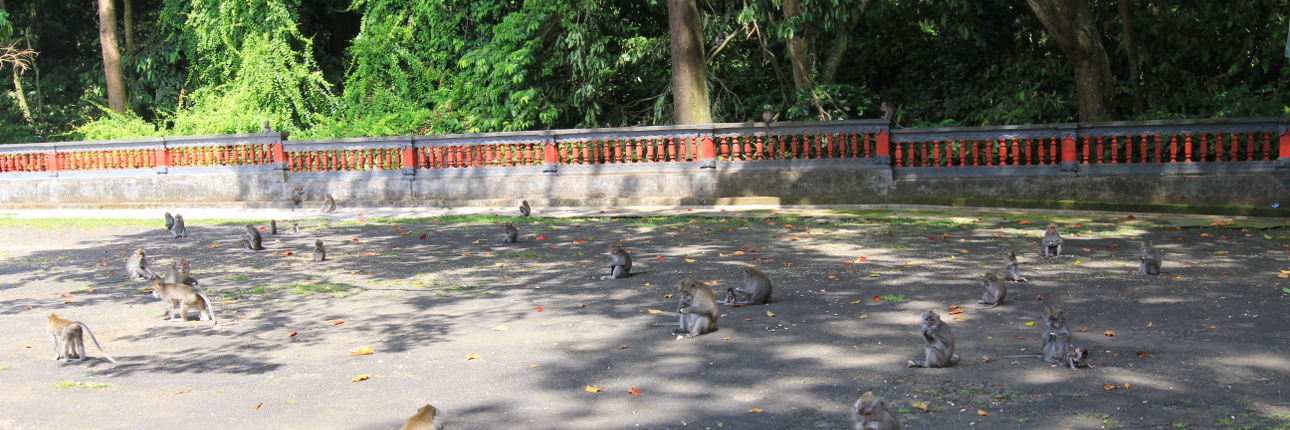


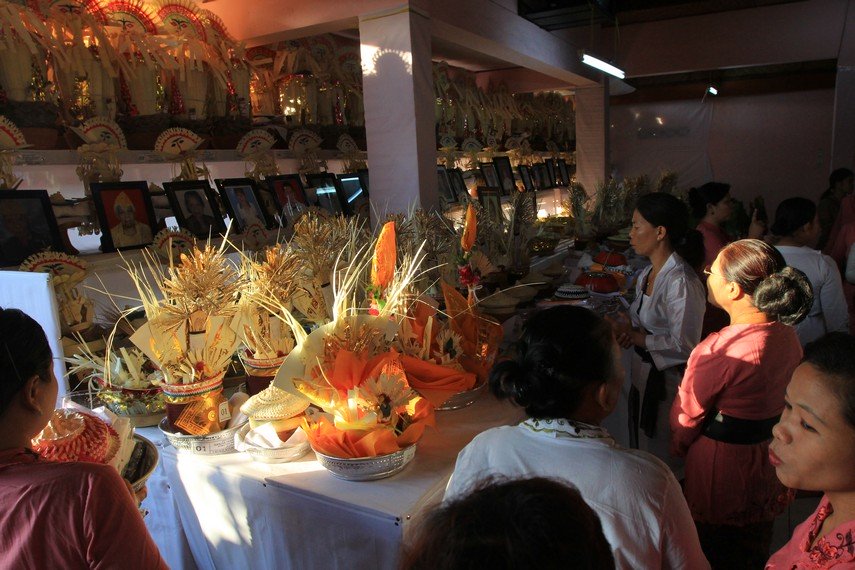




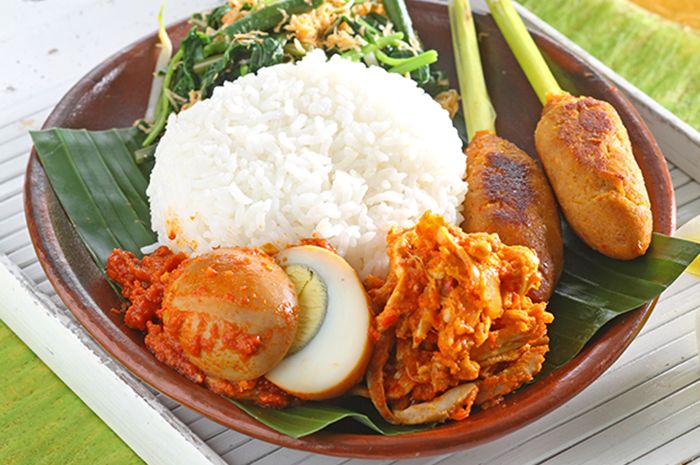
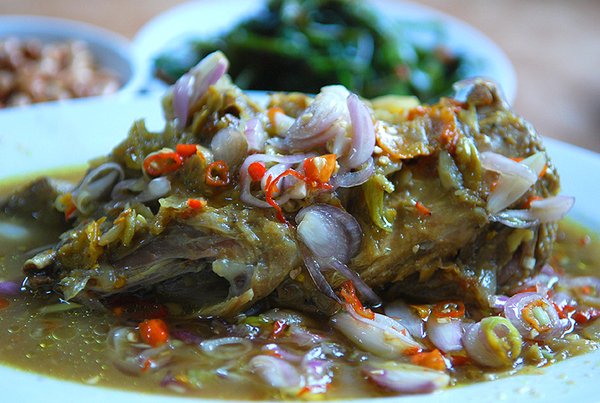



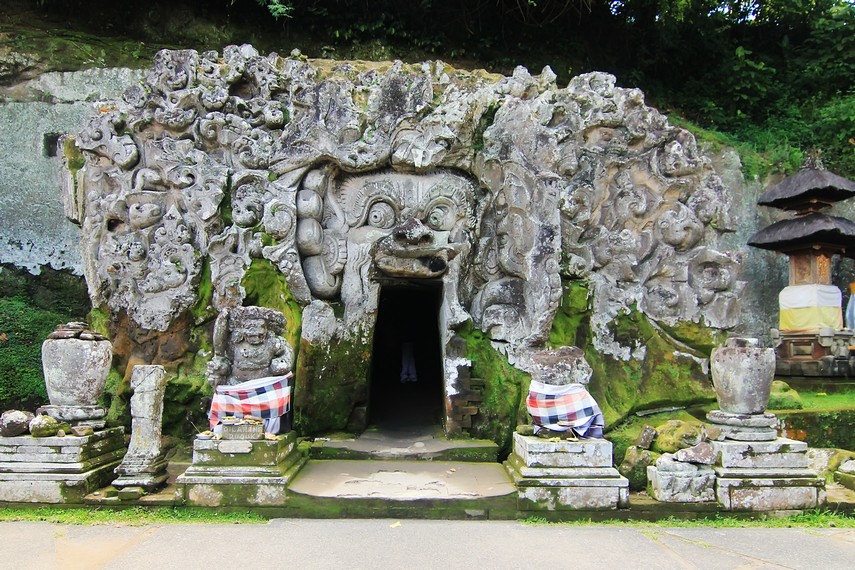



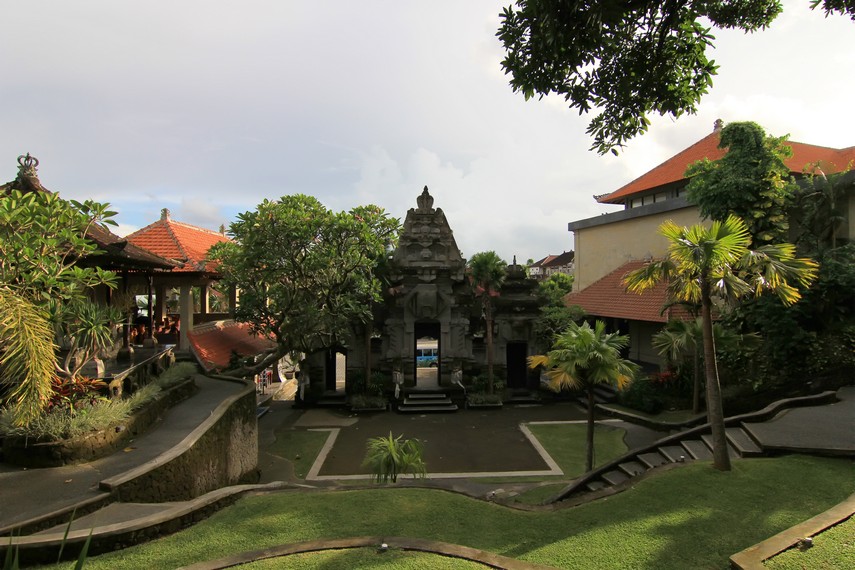





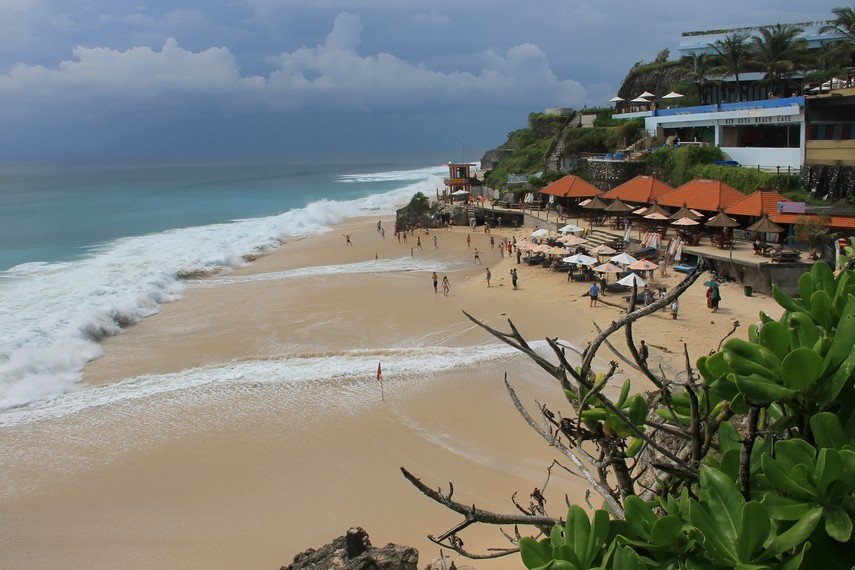

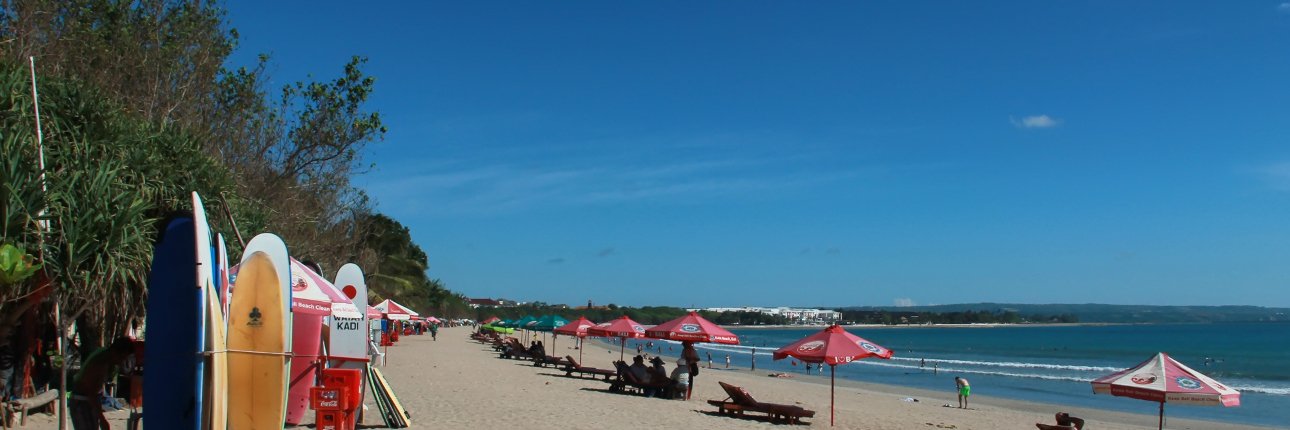
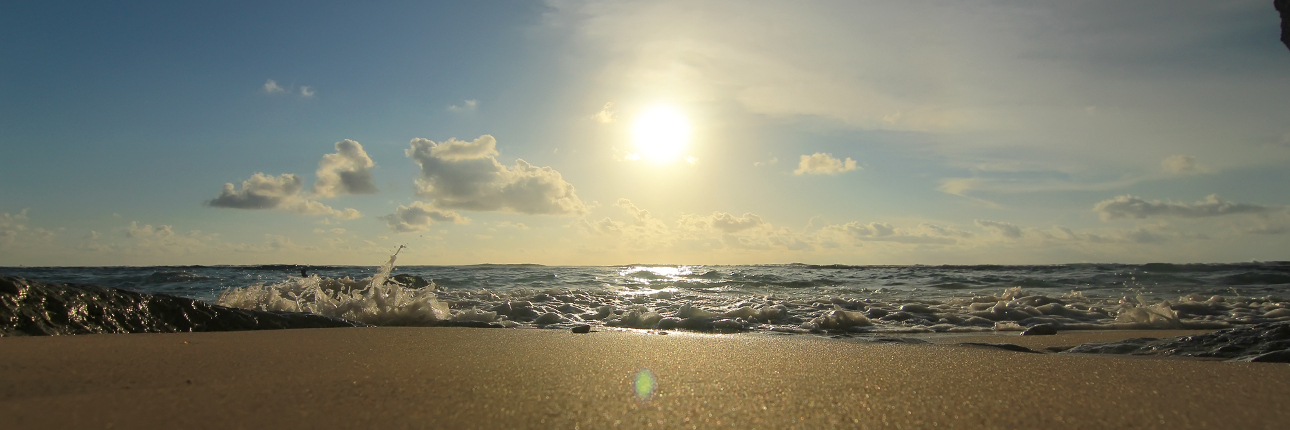
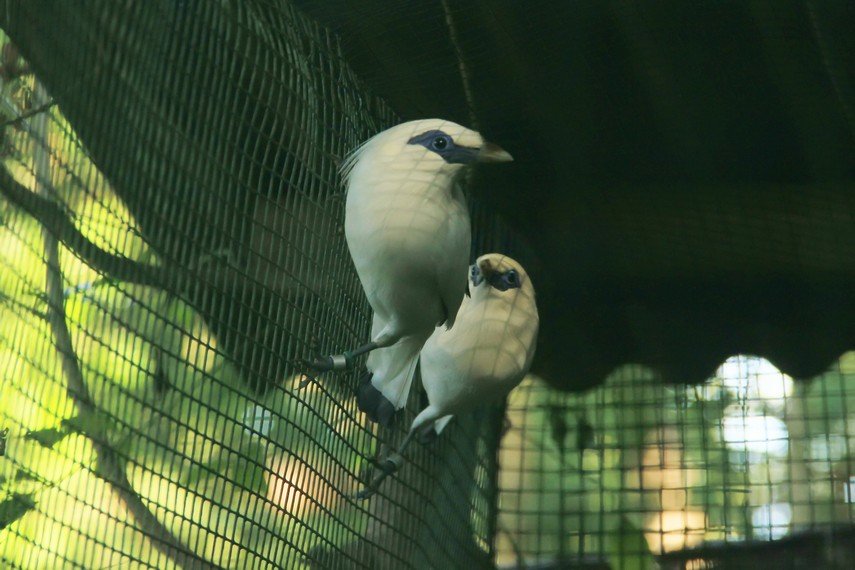





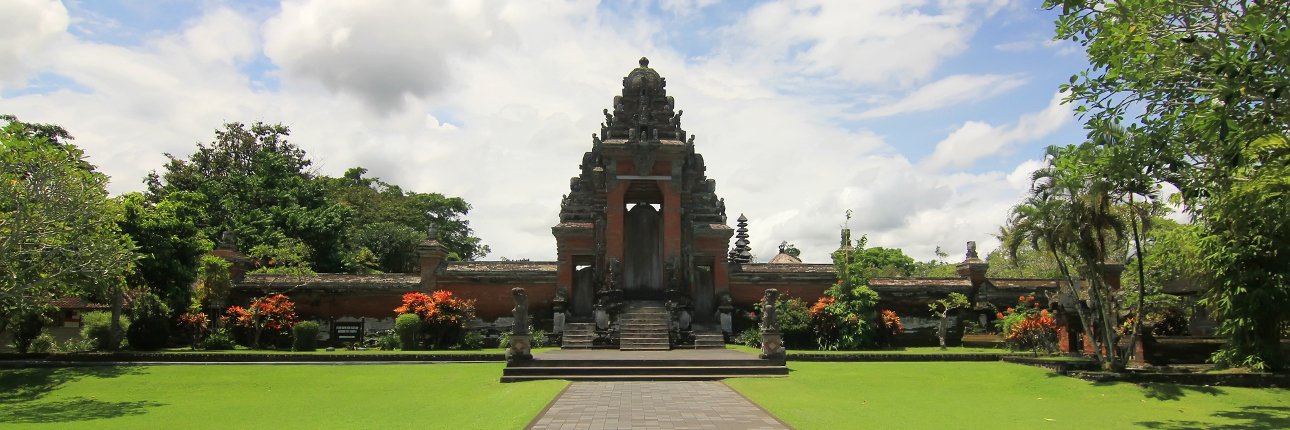
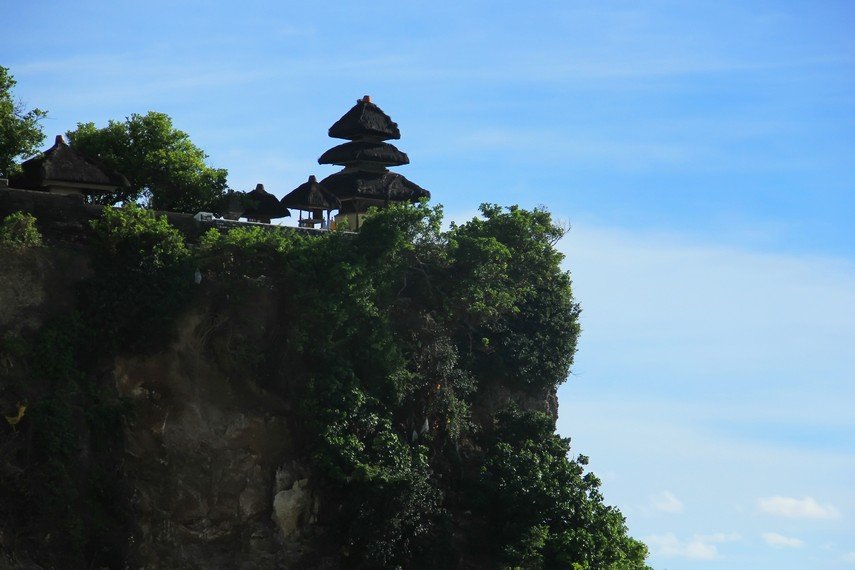






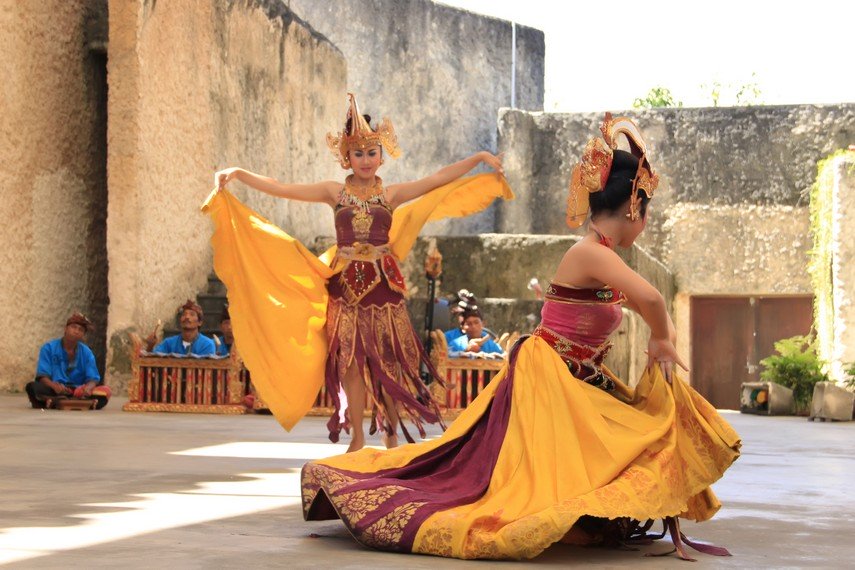



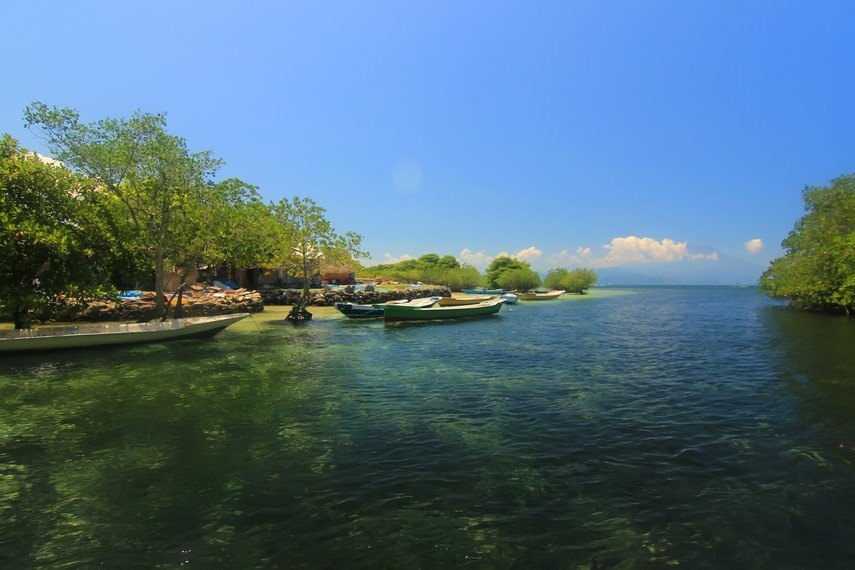
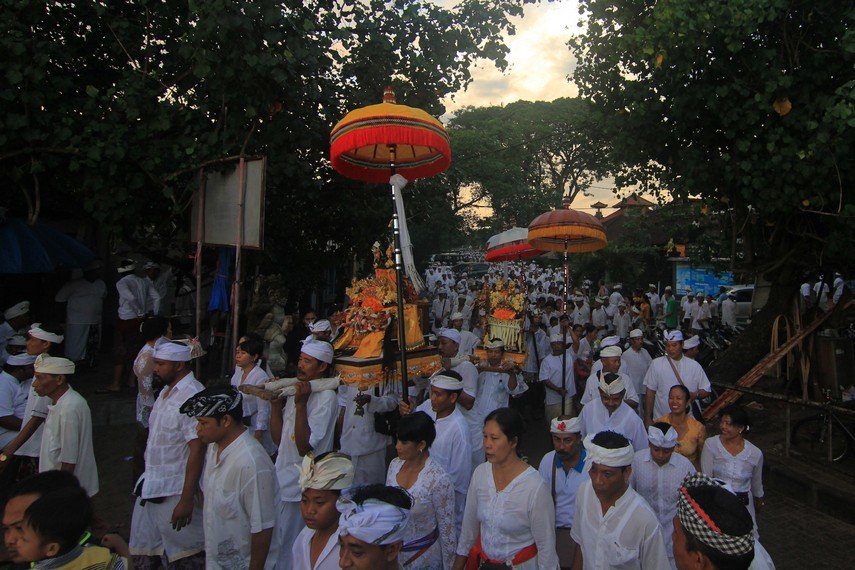
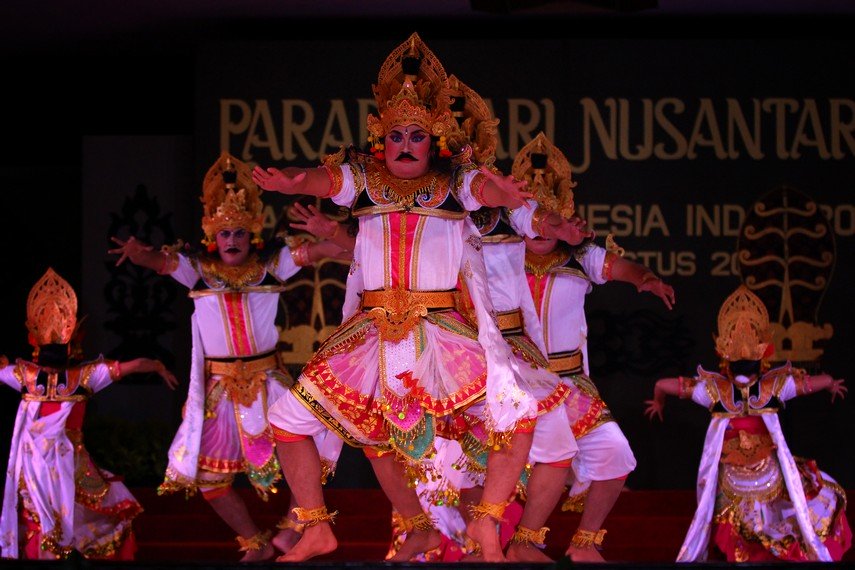



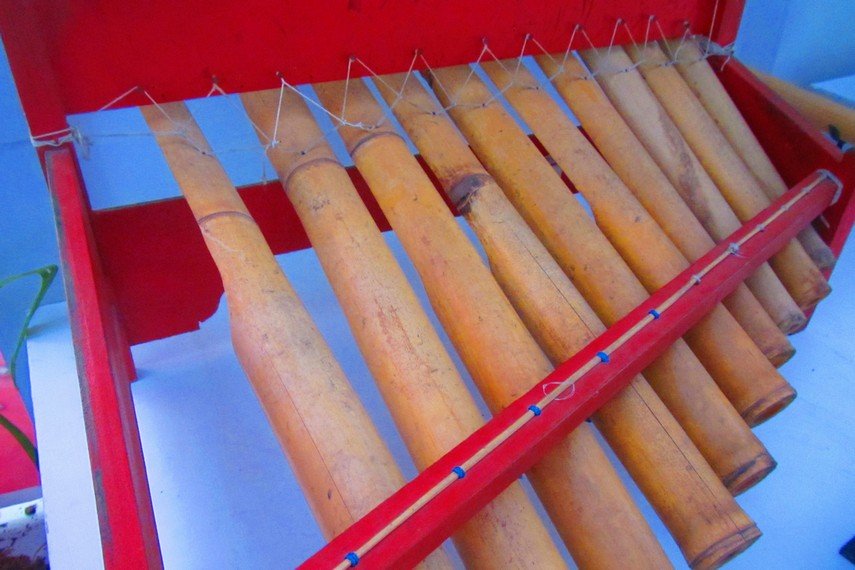


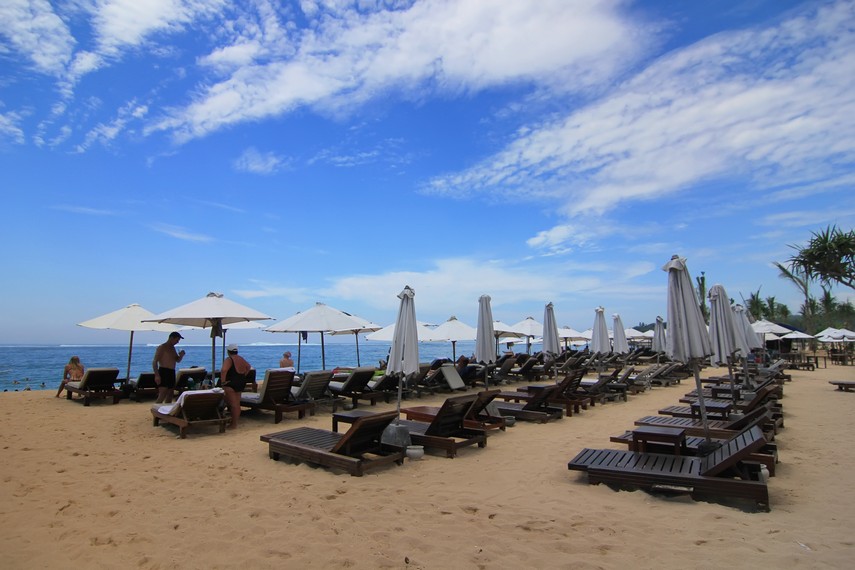
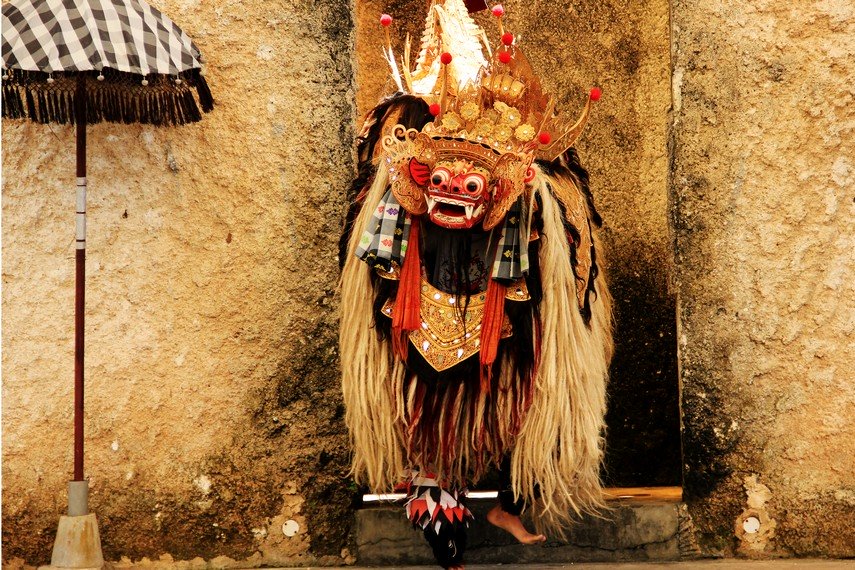



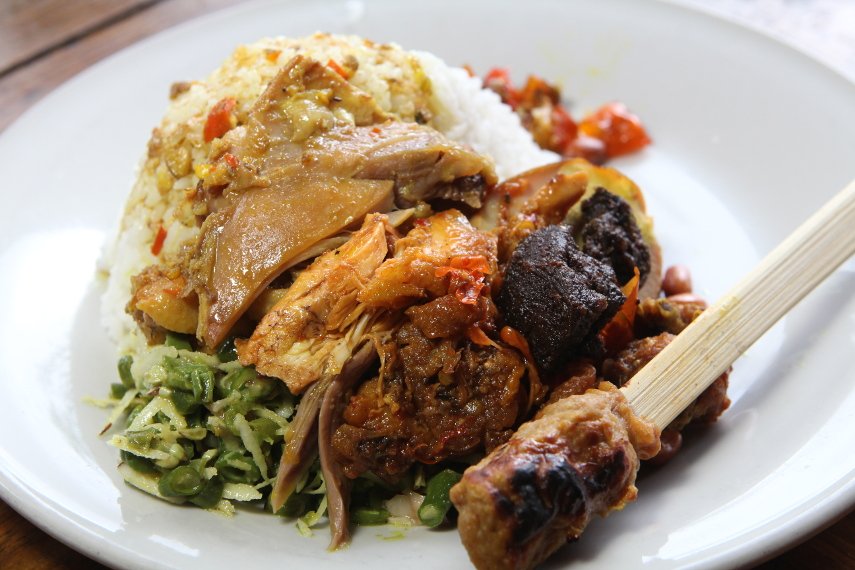
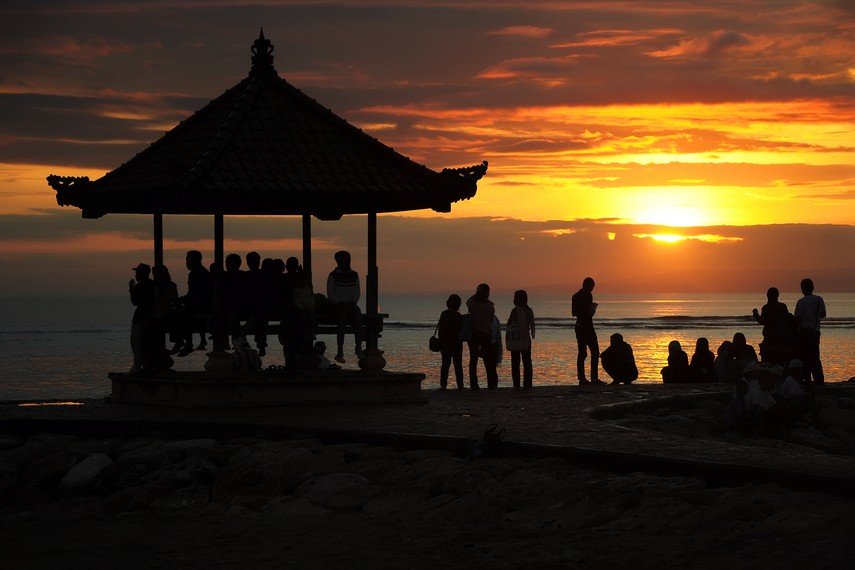
0